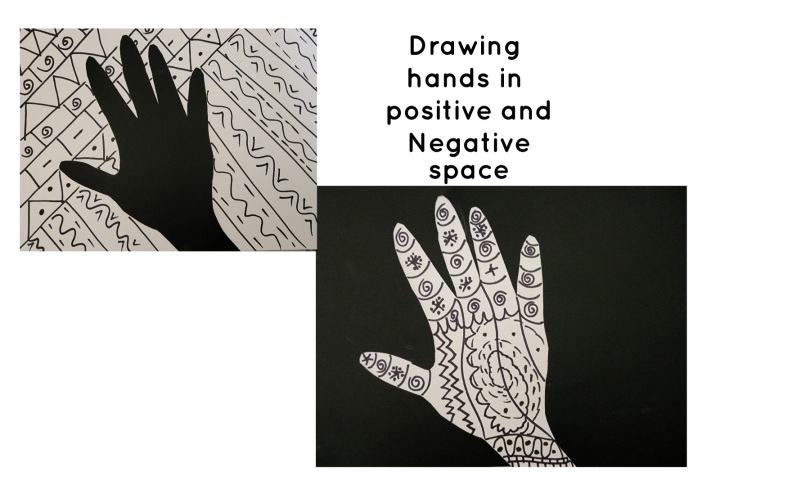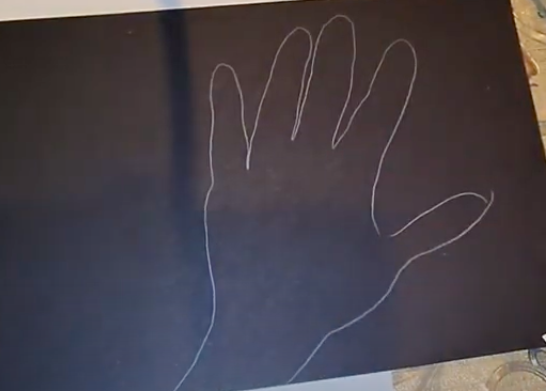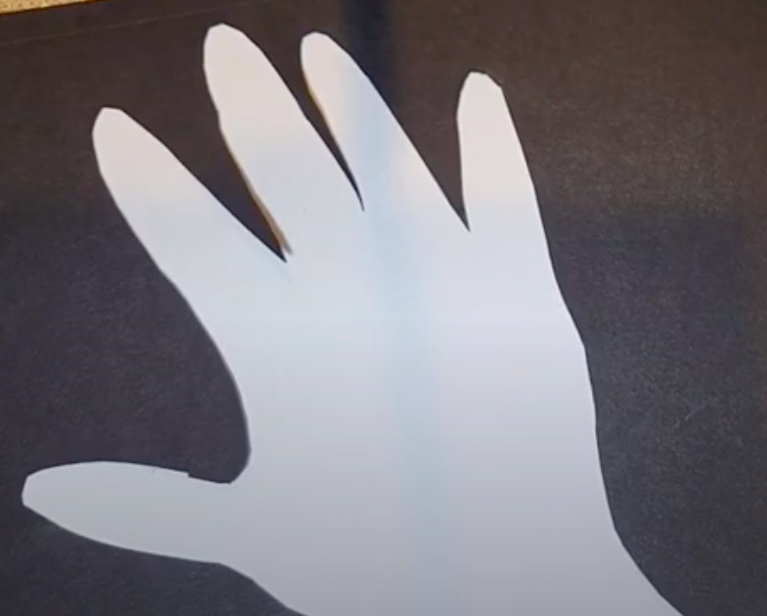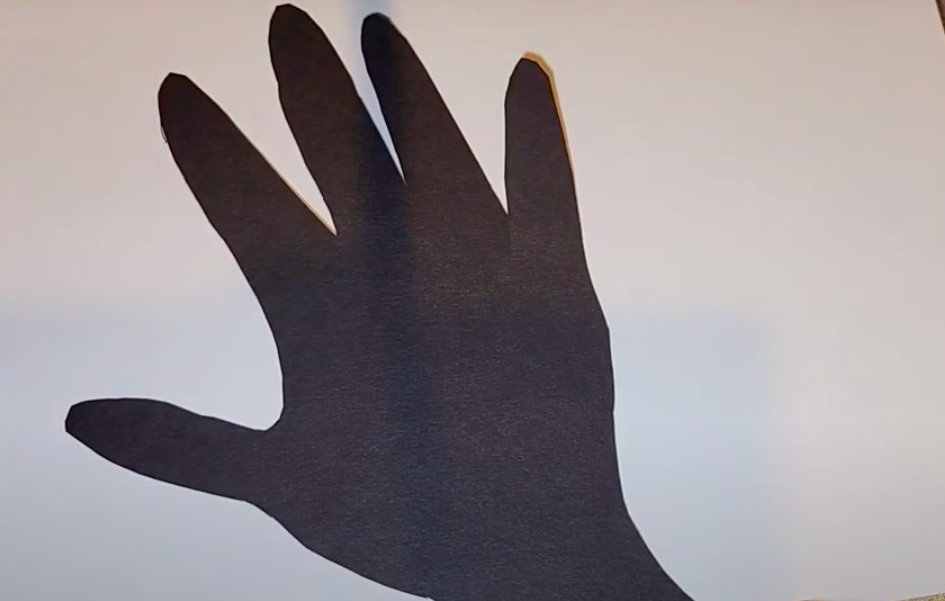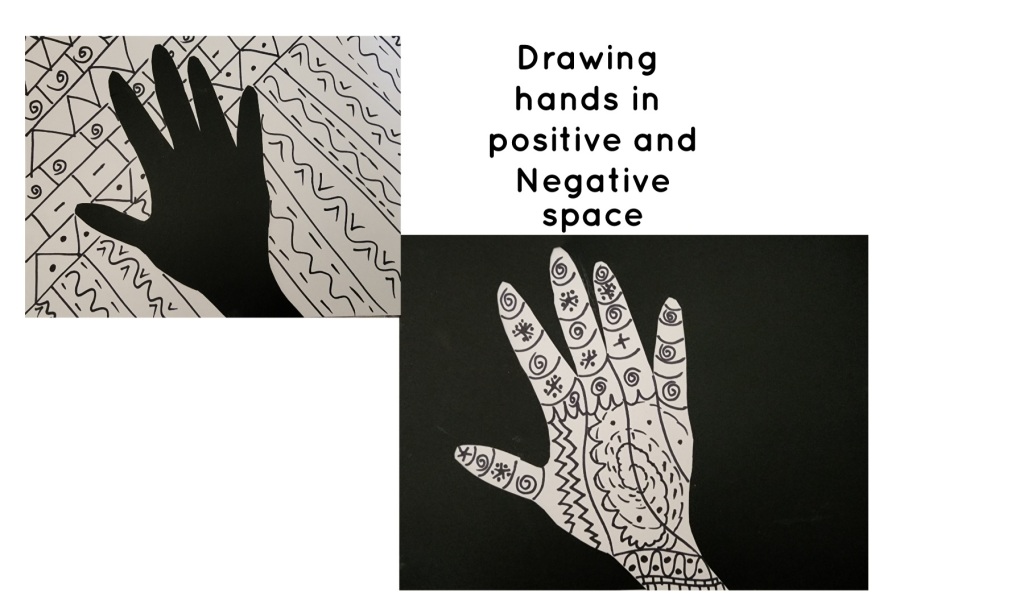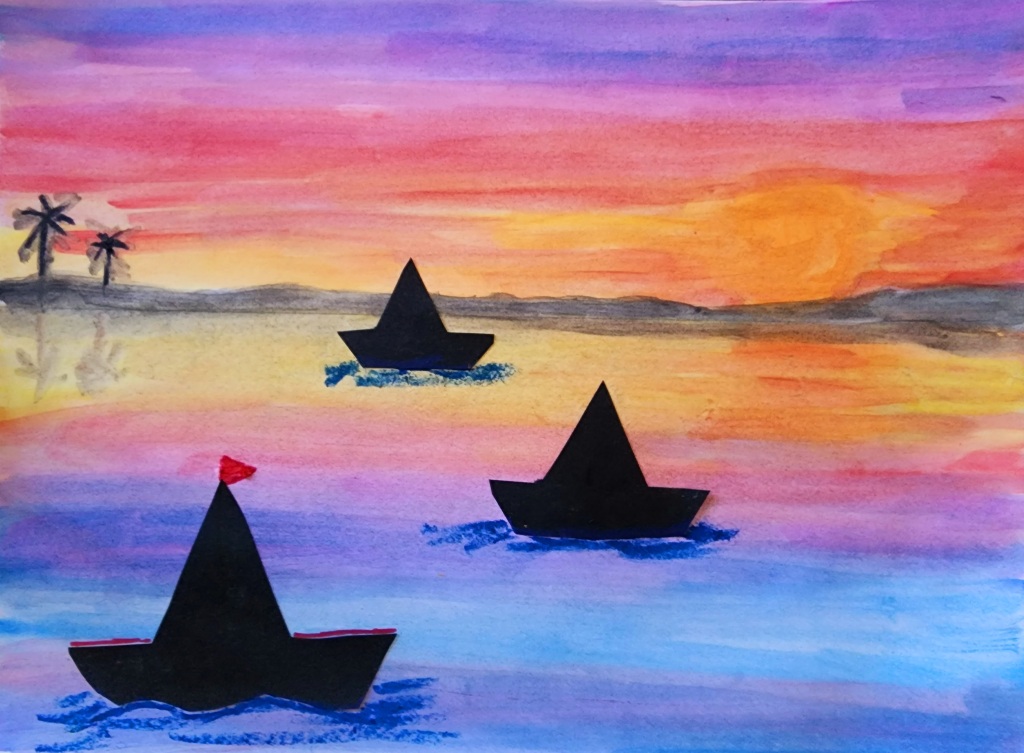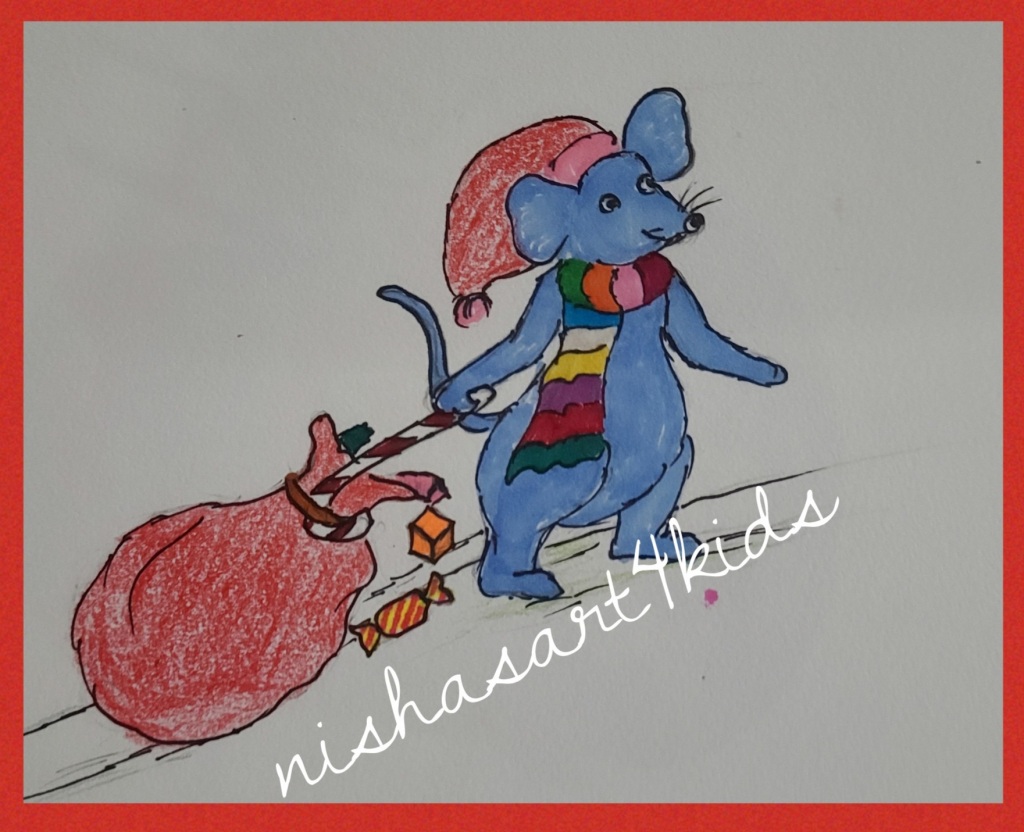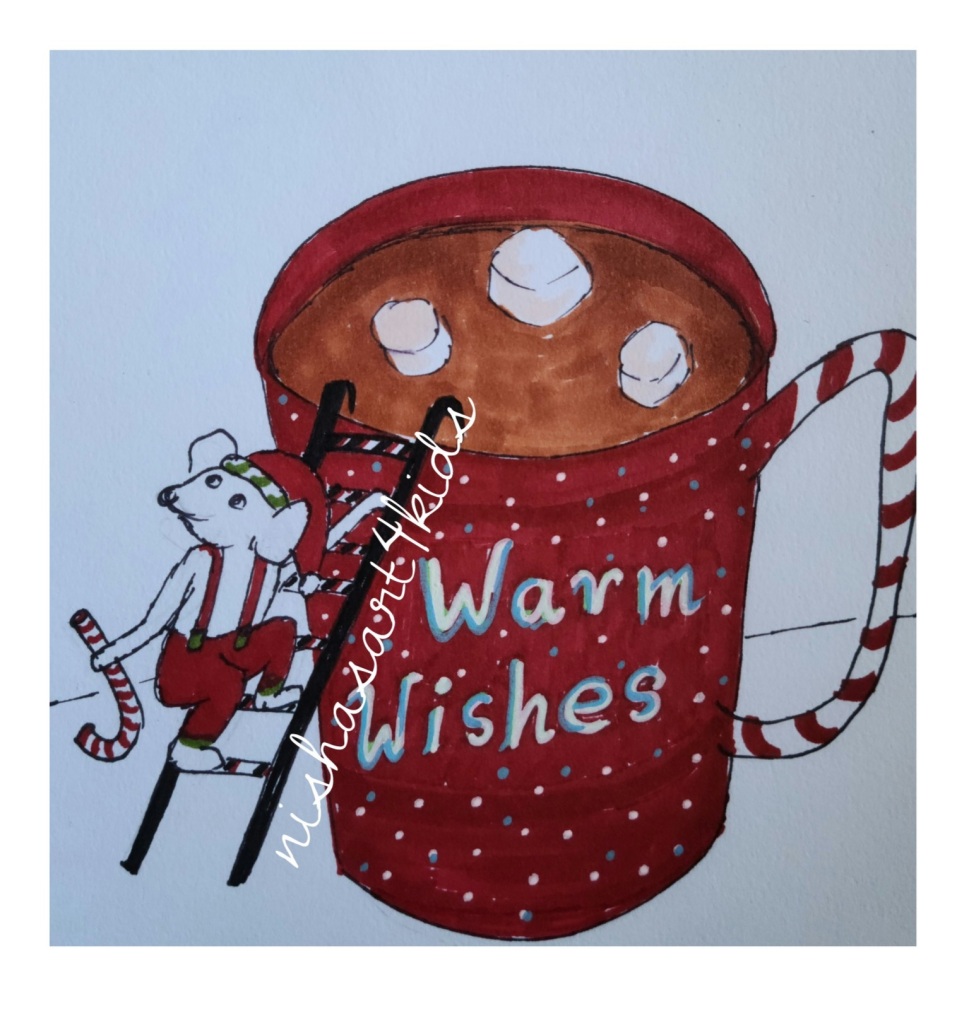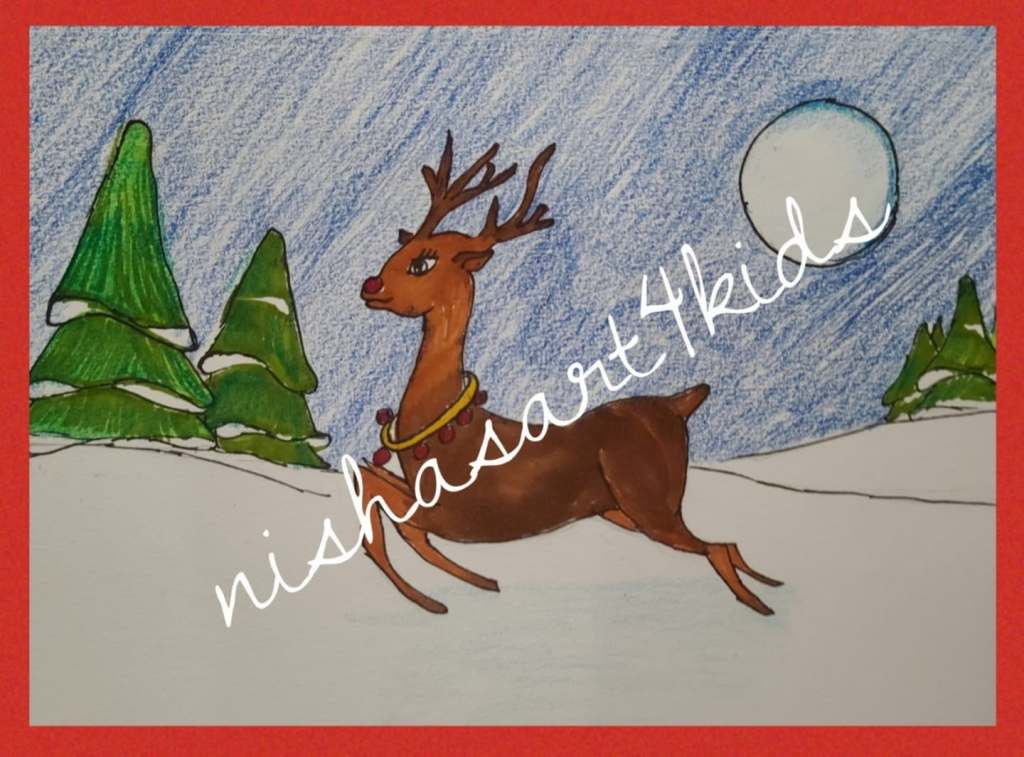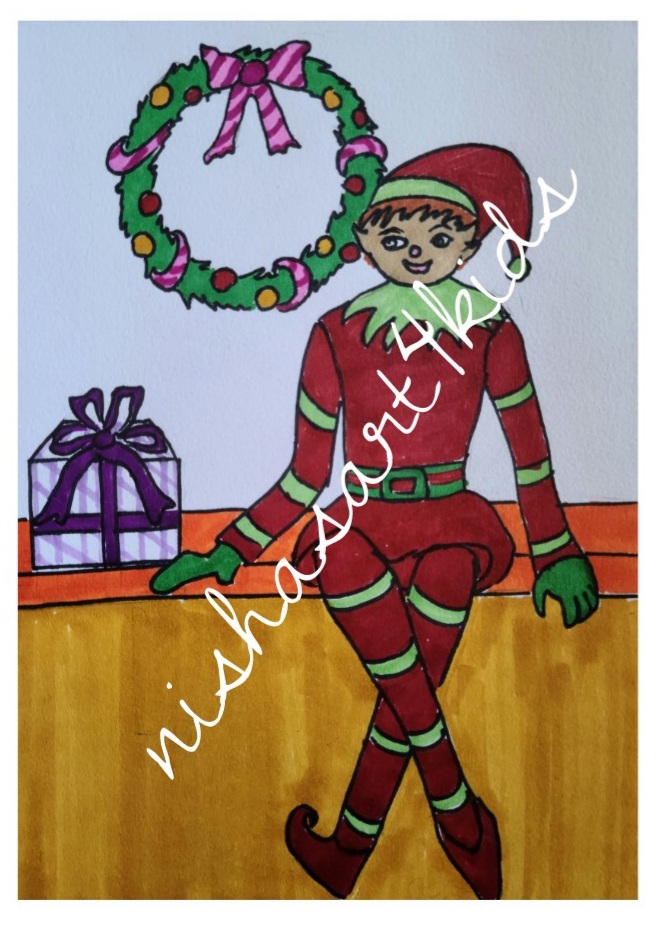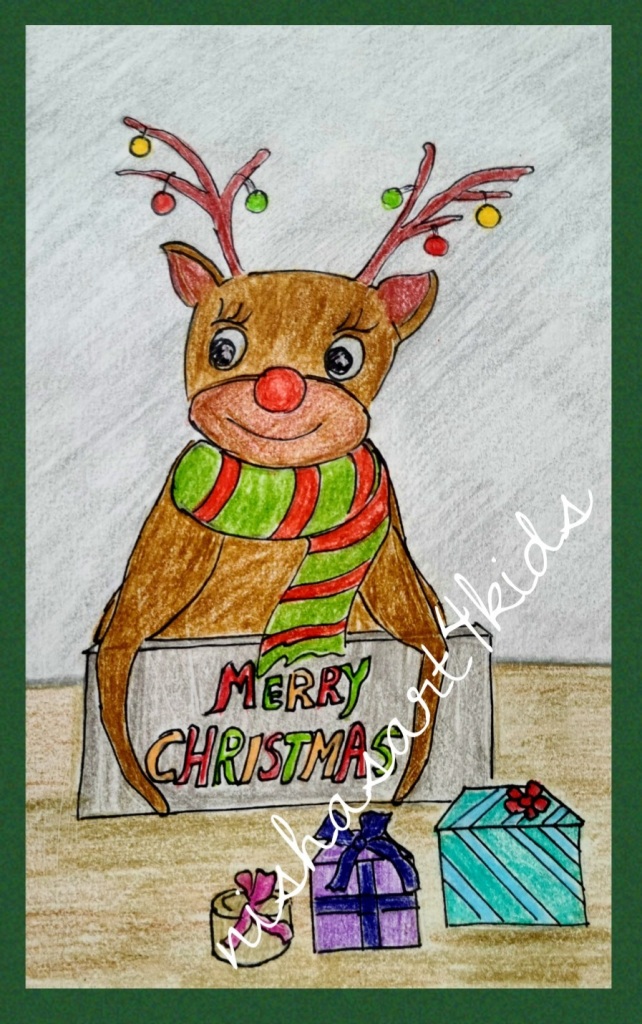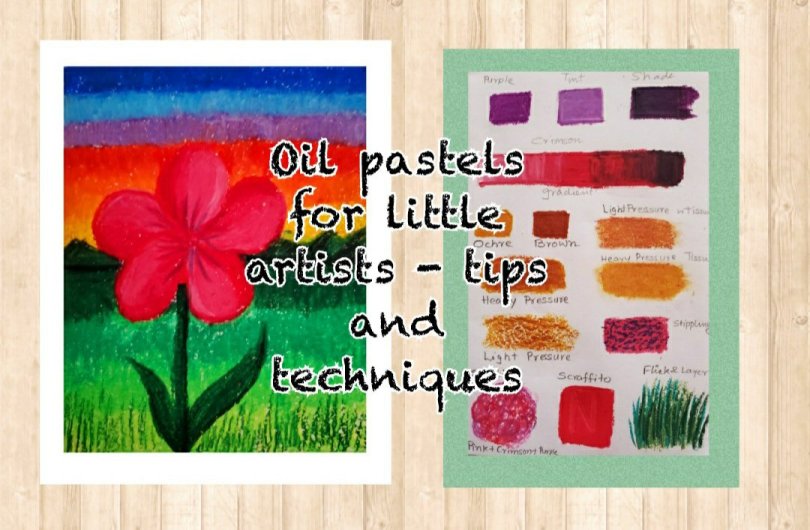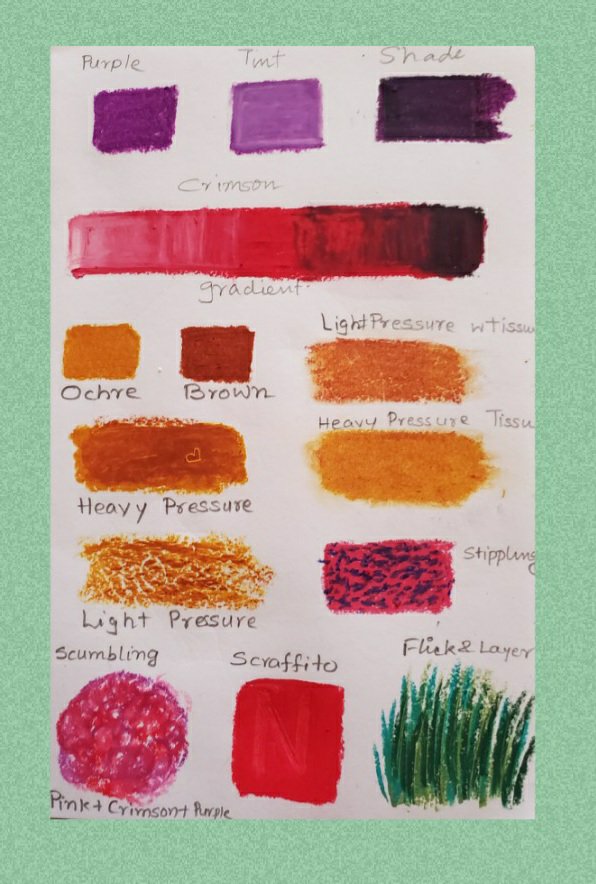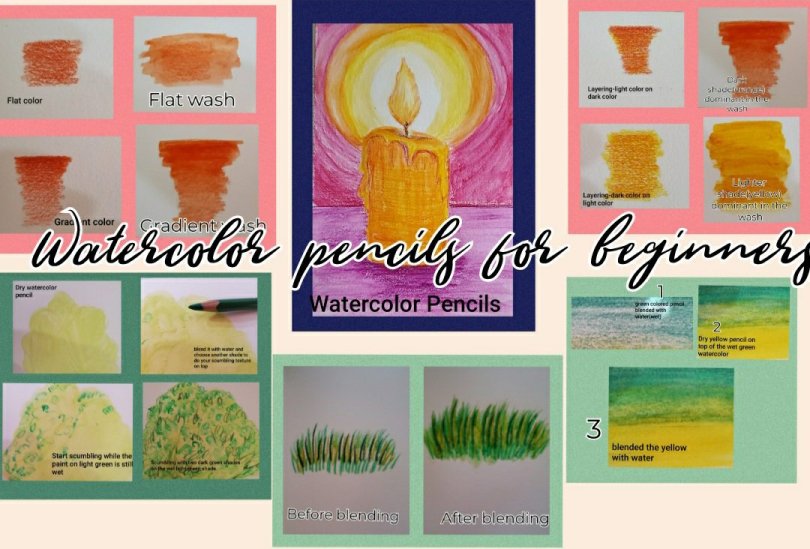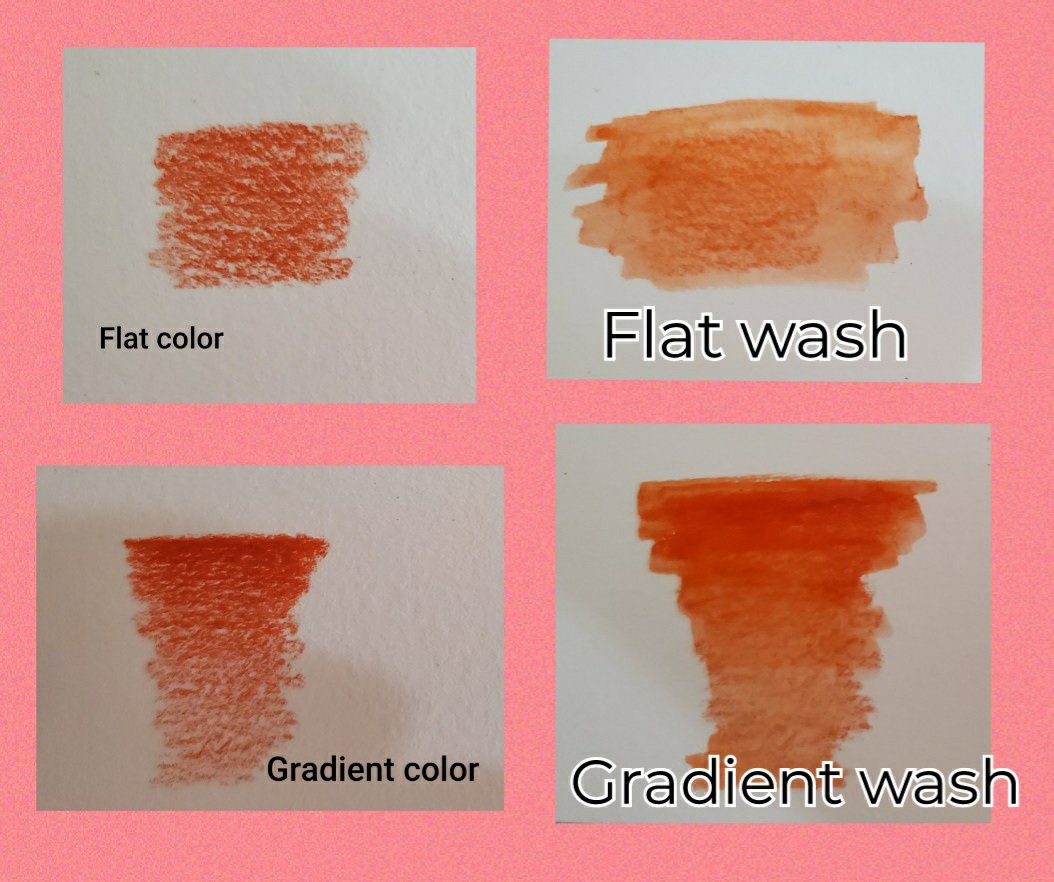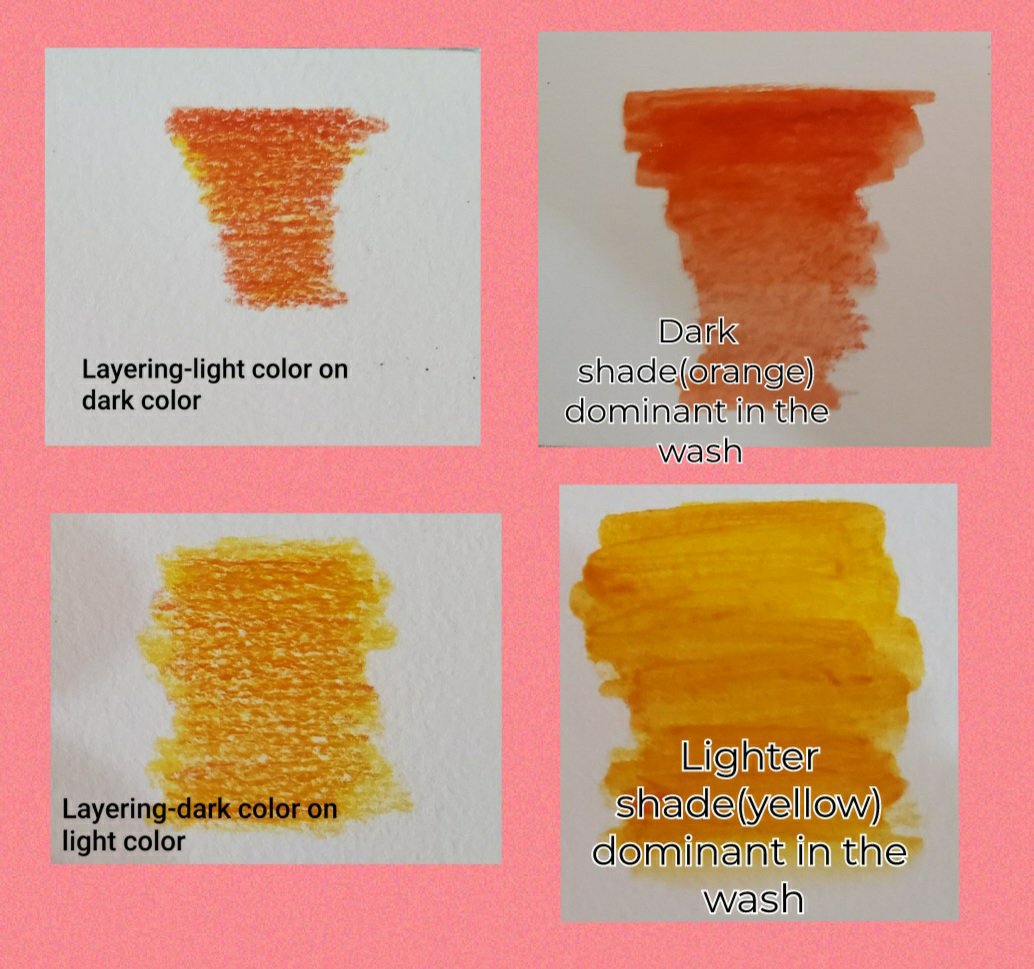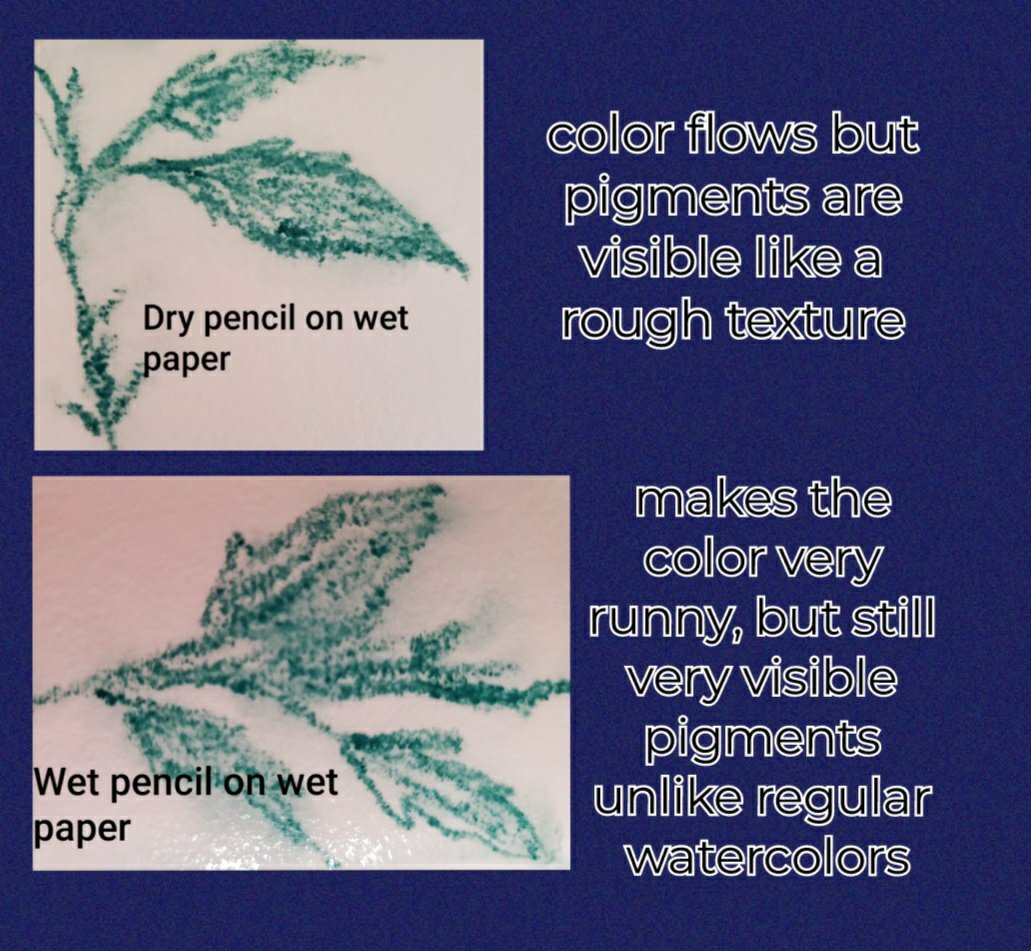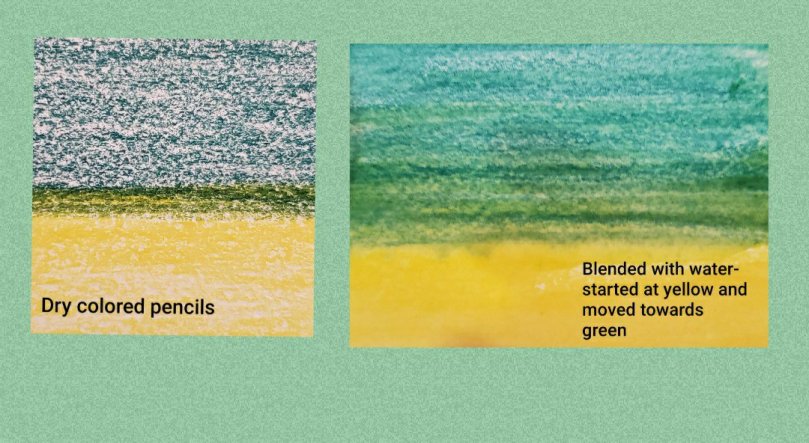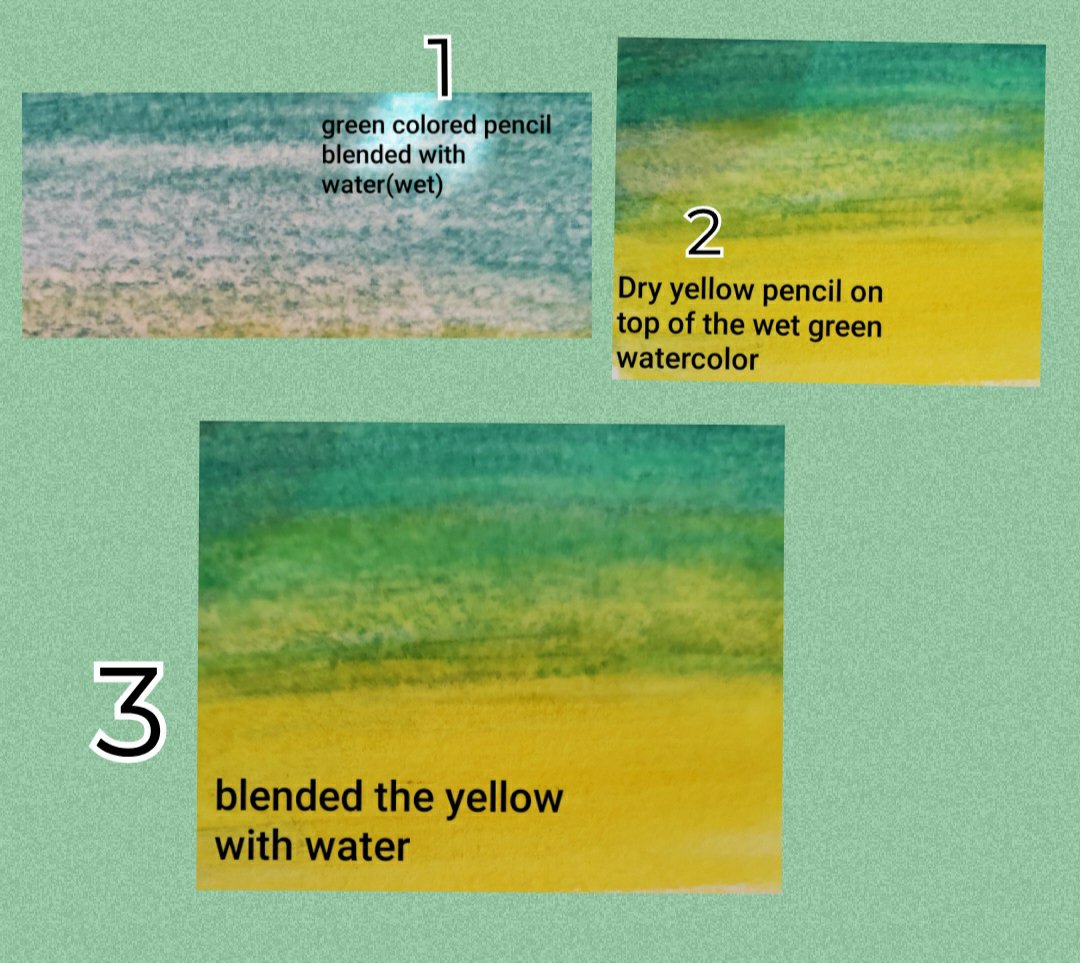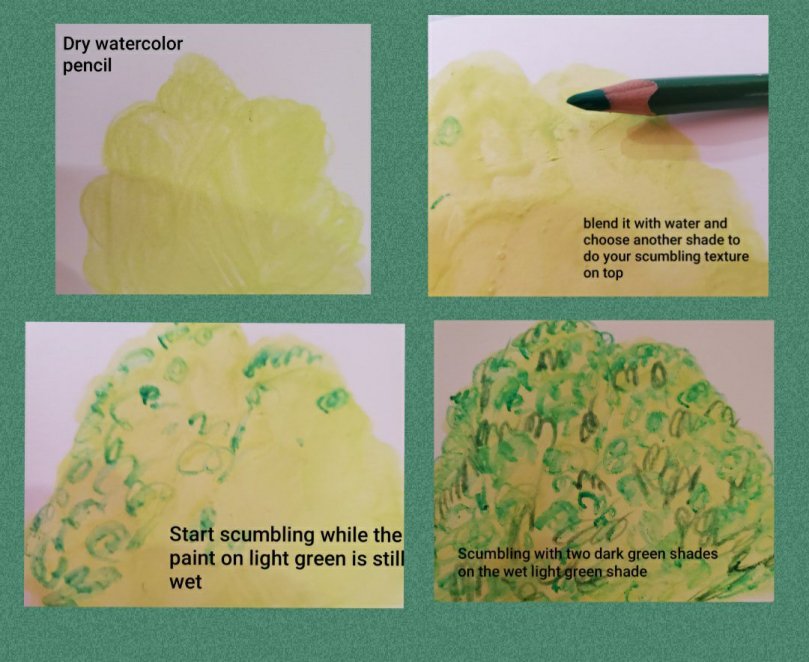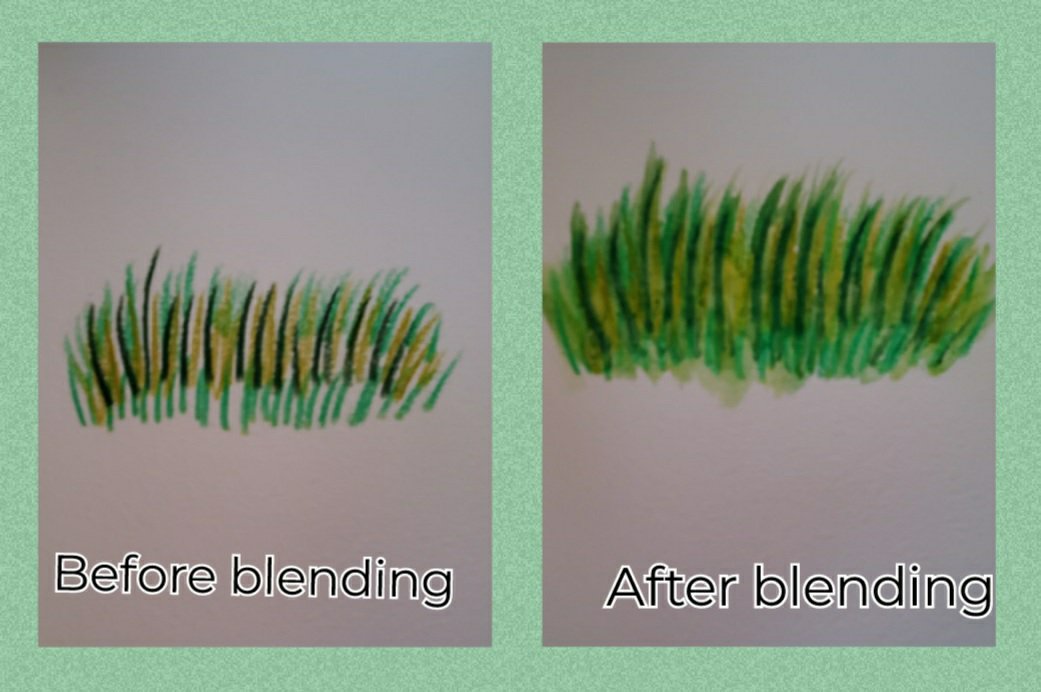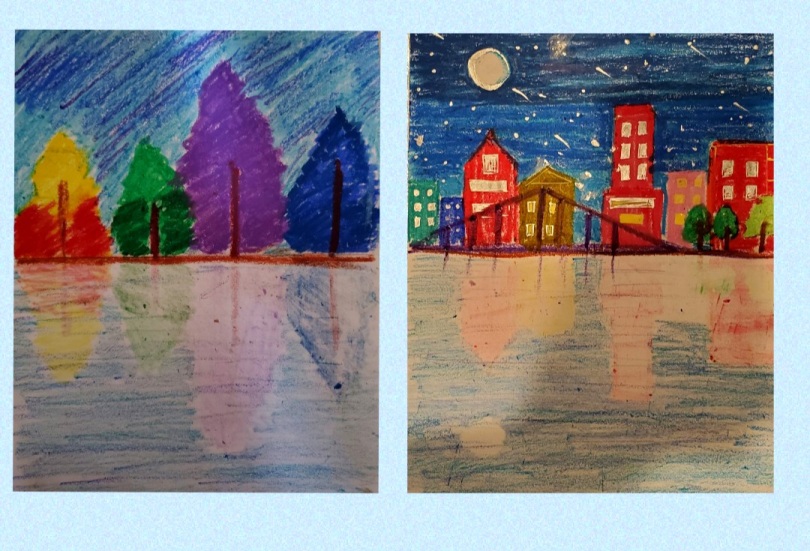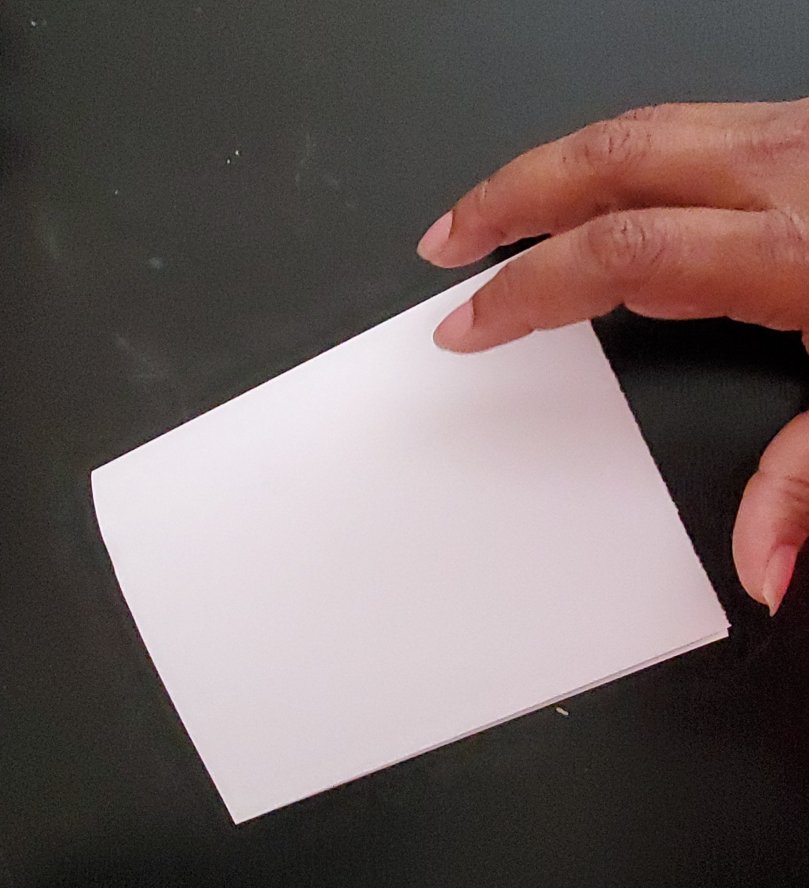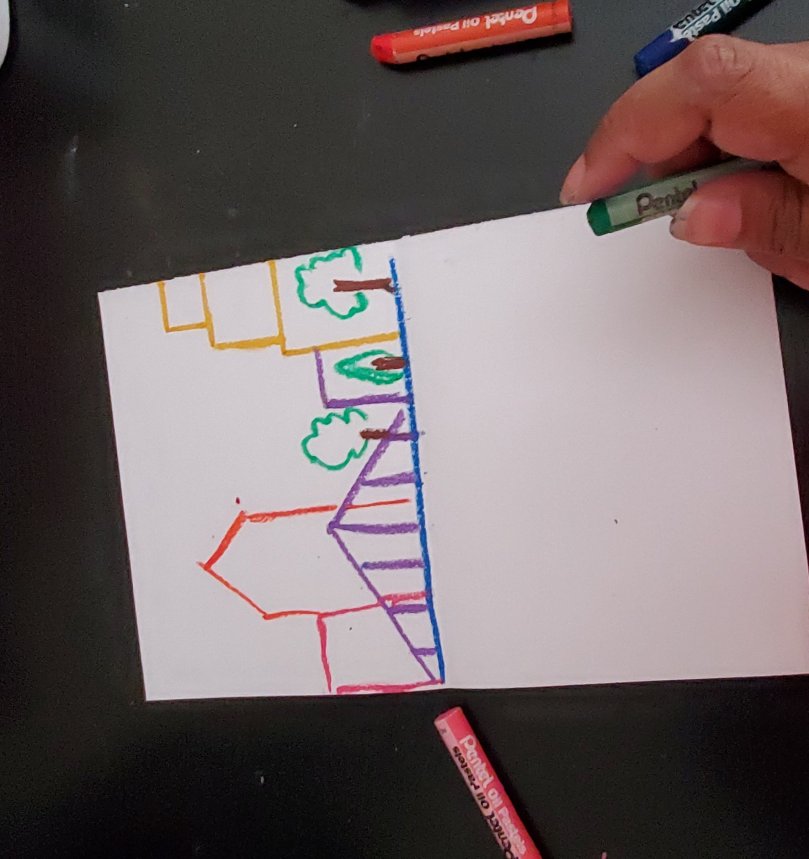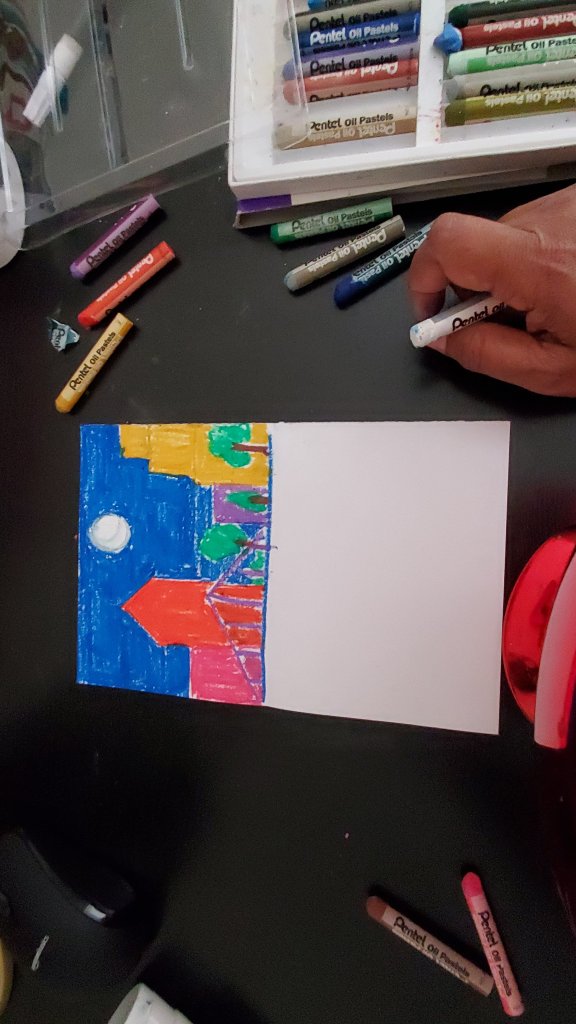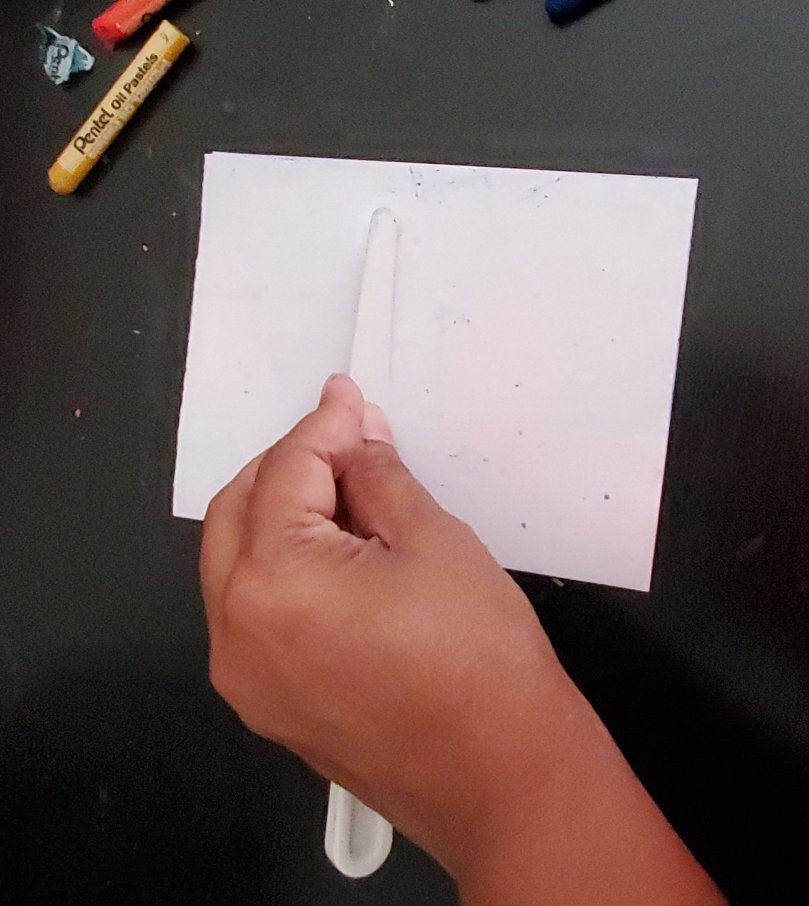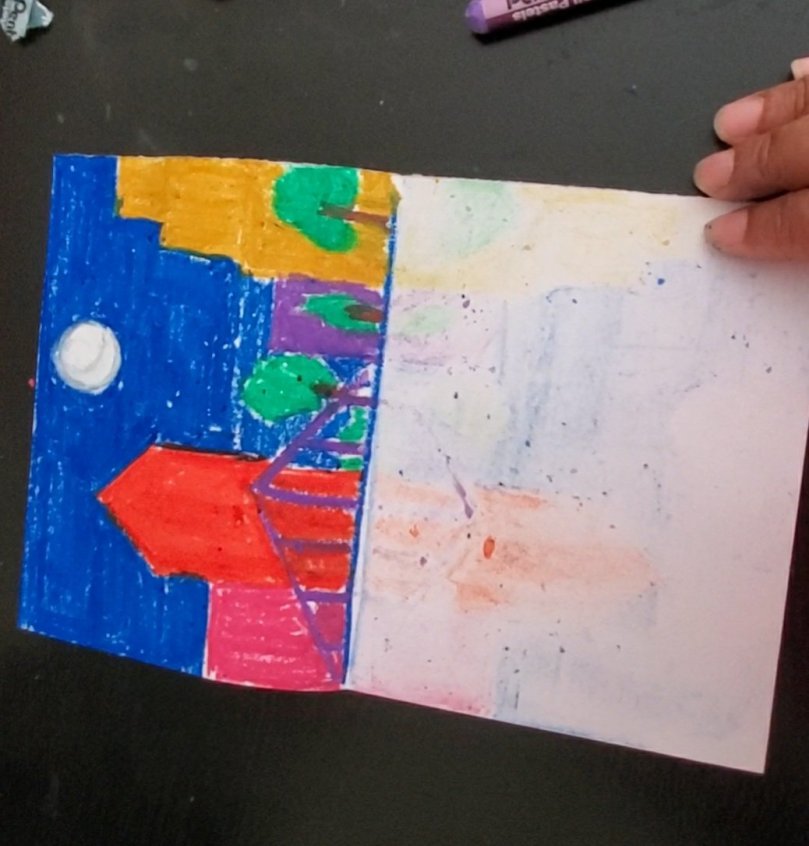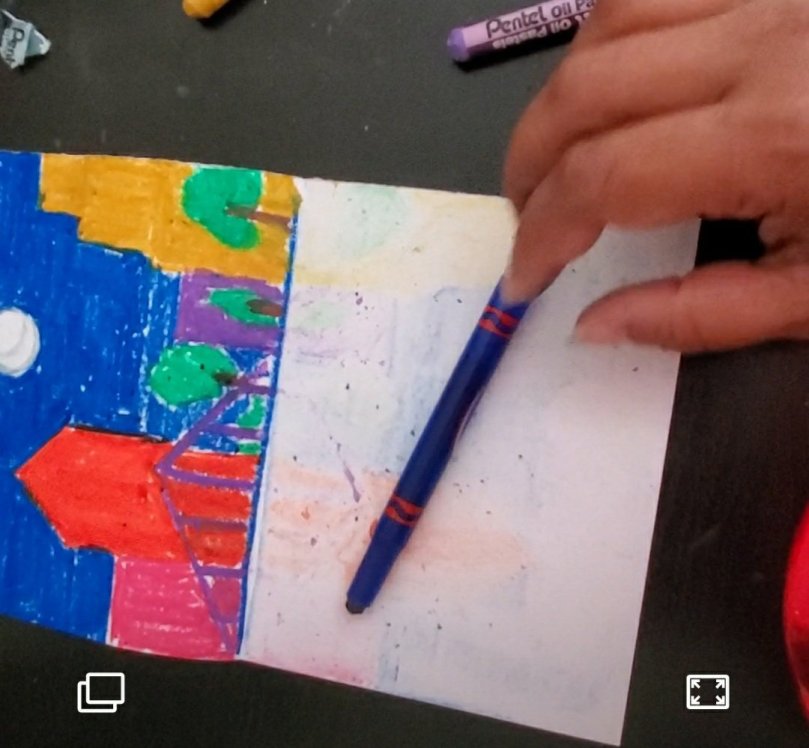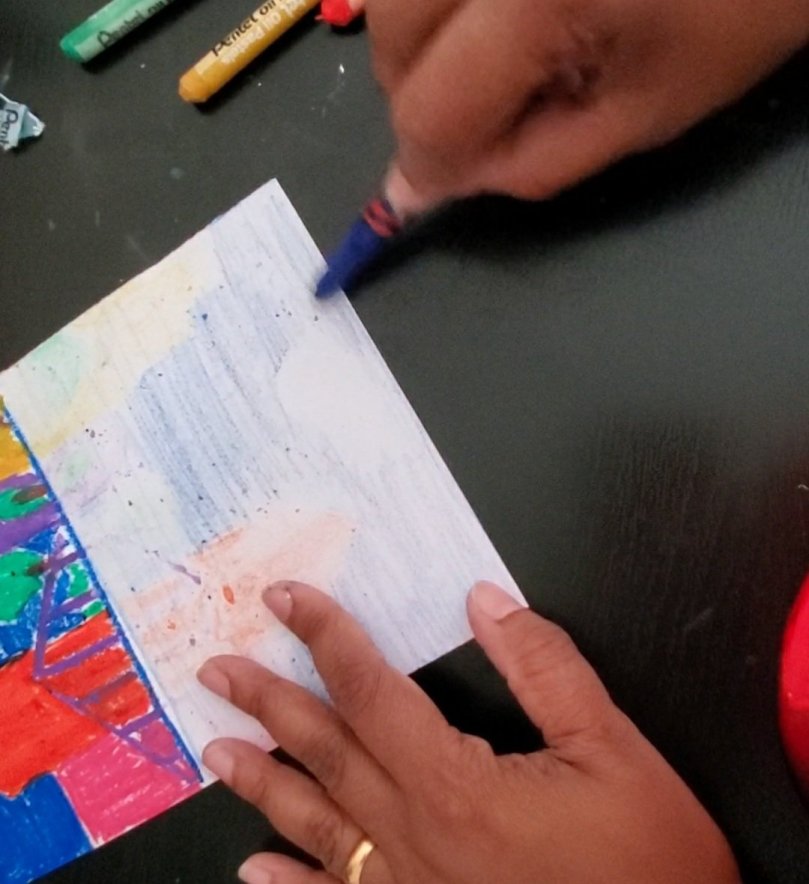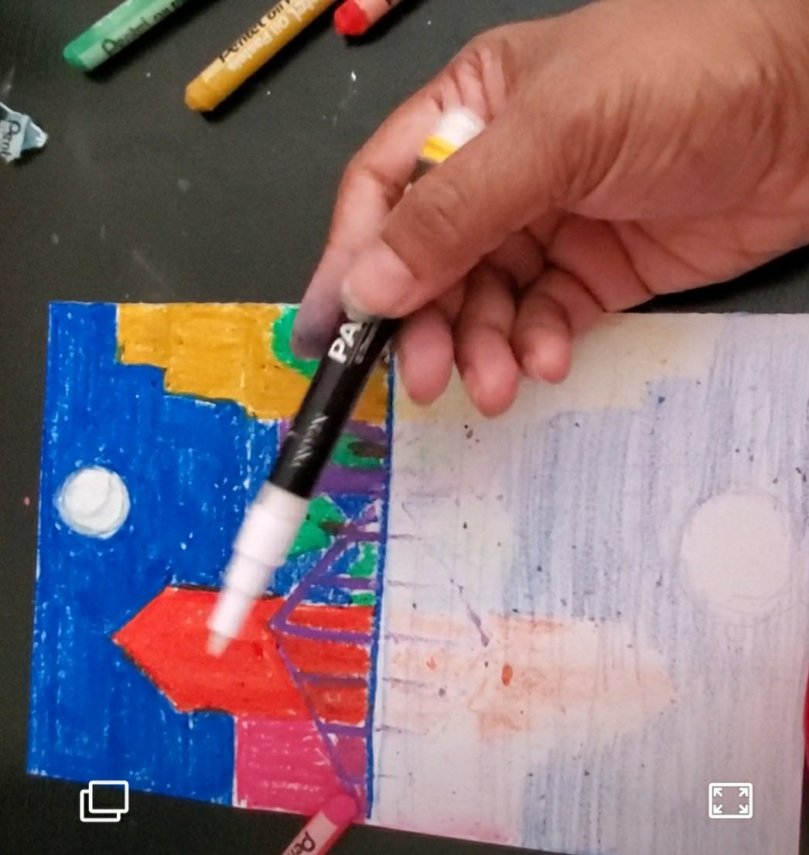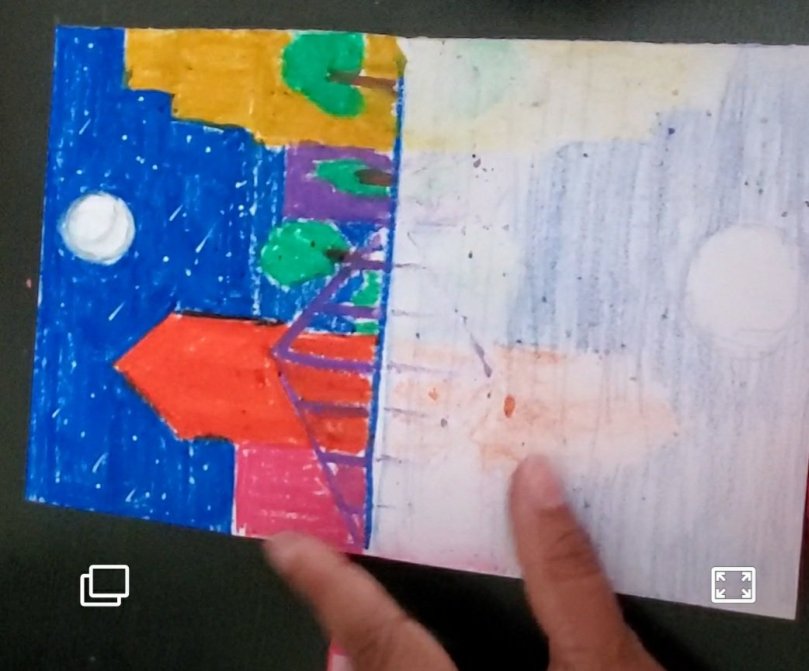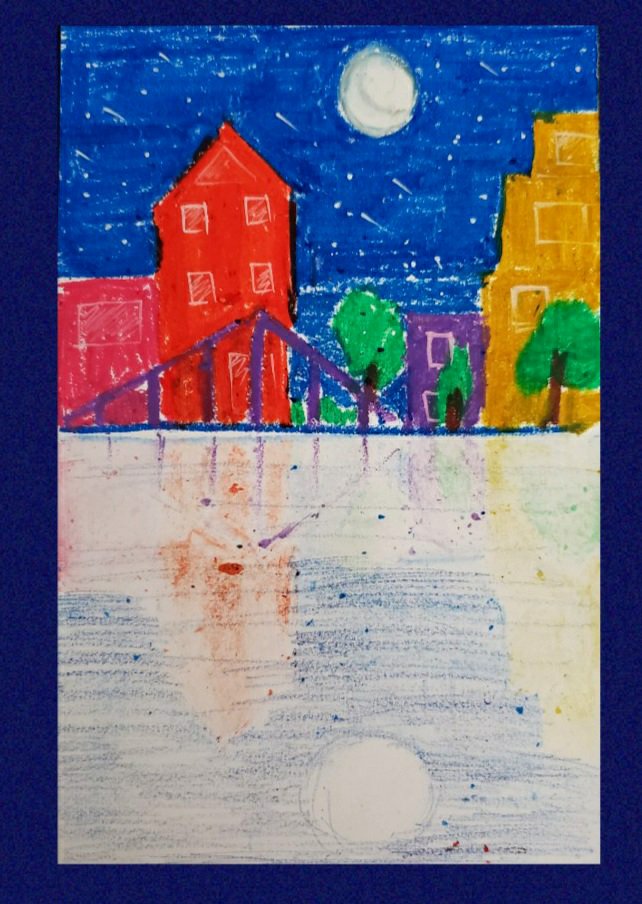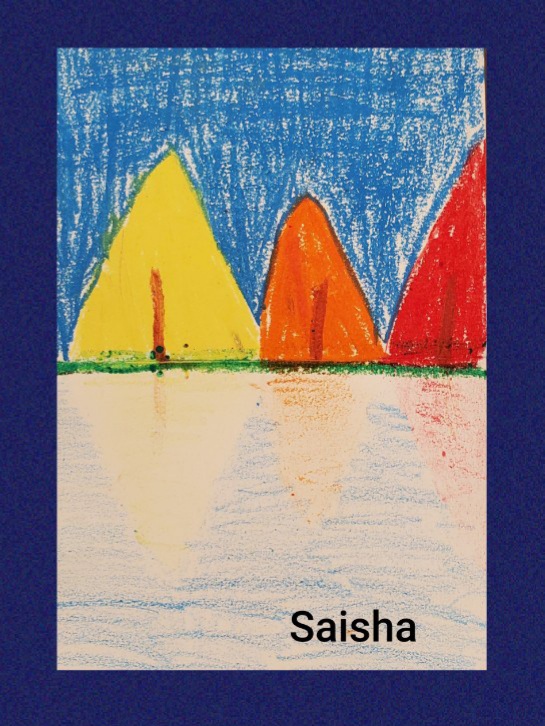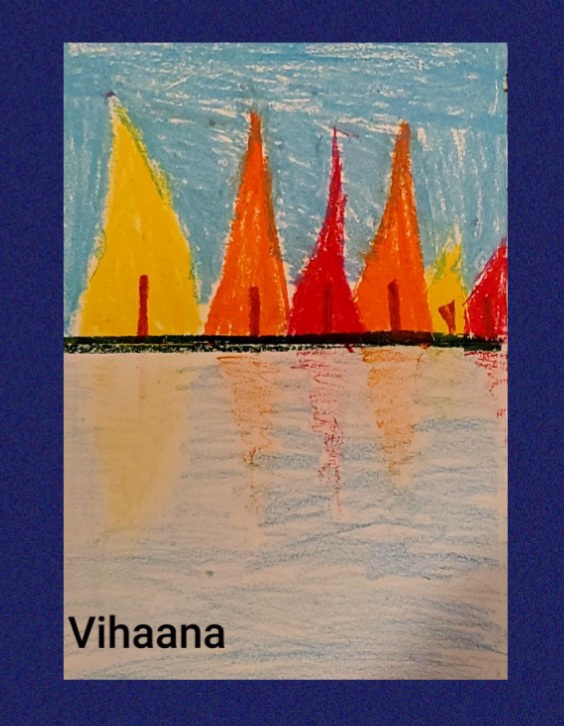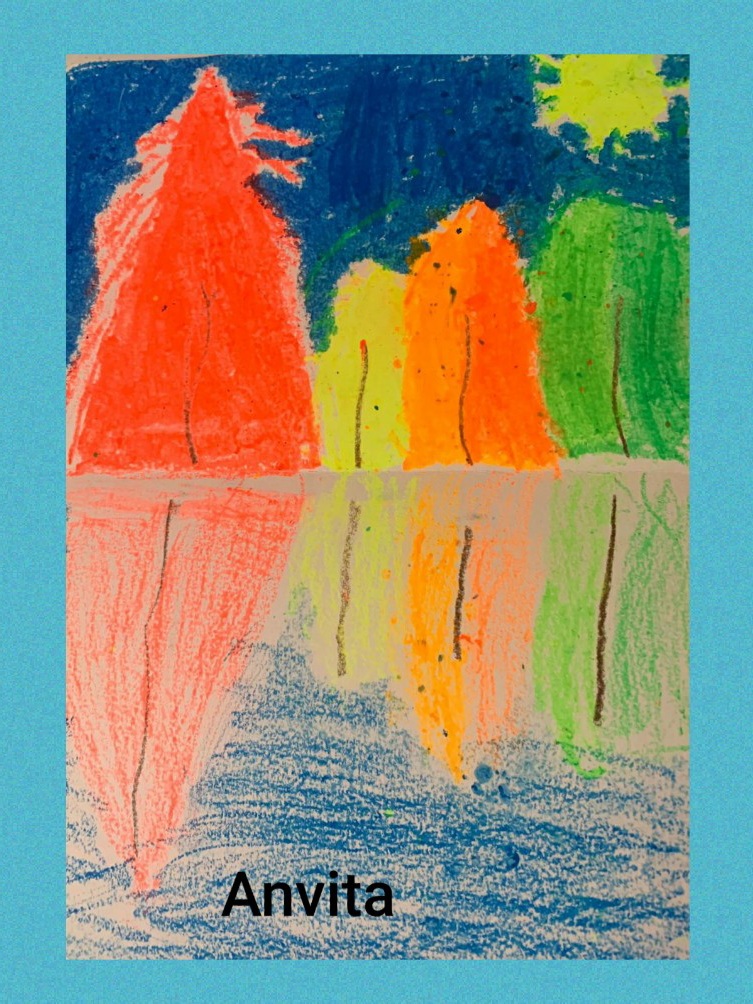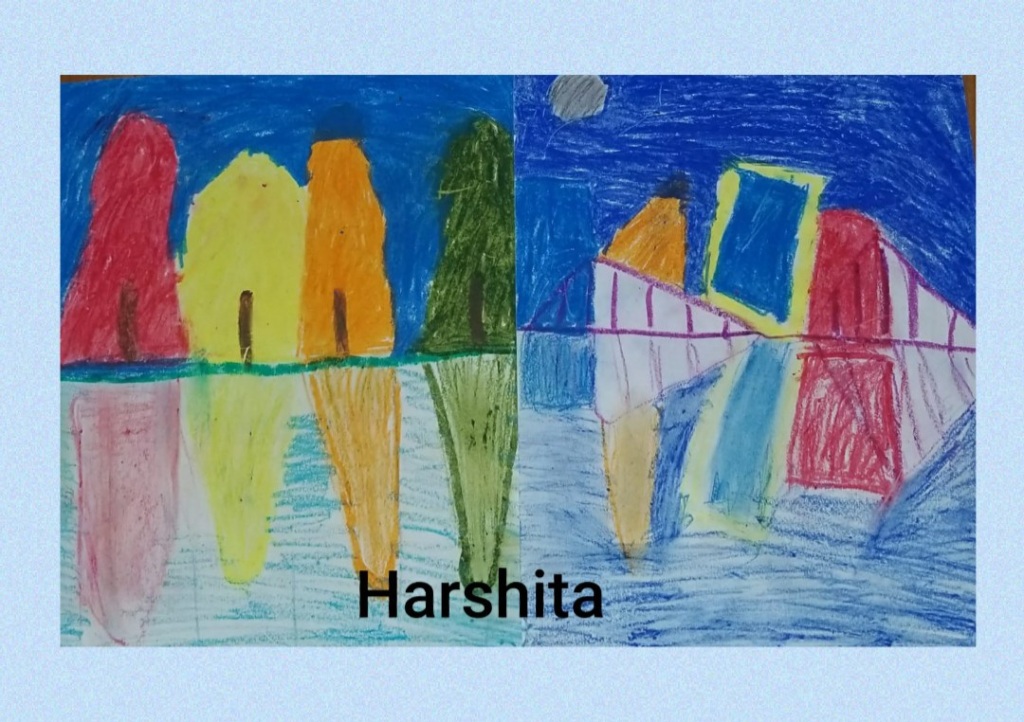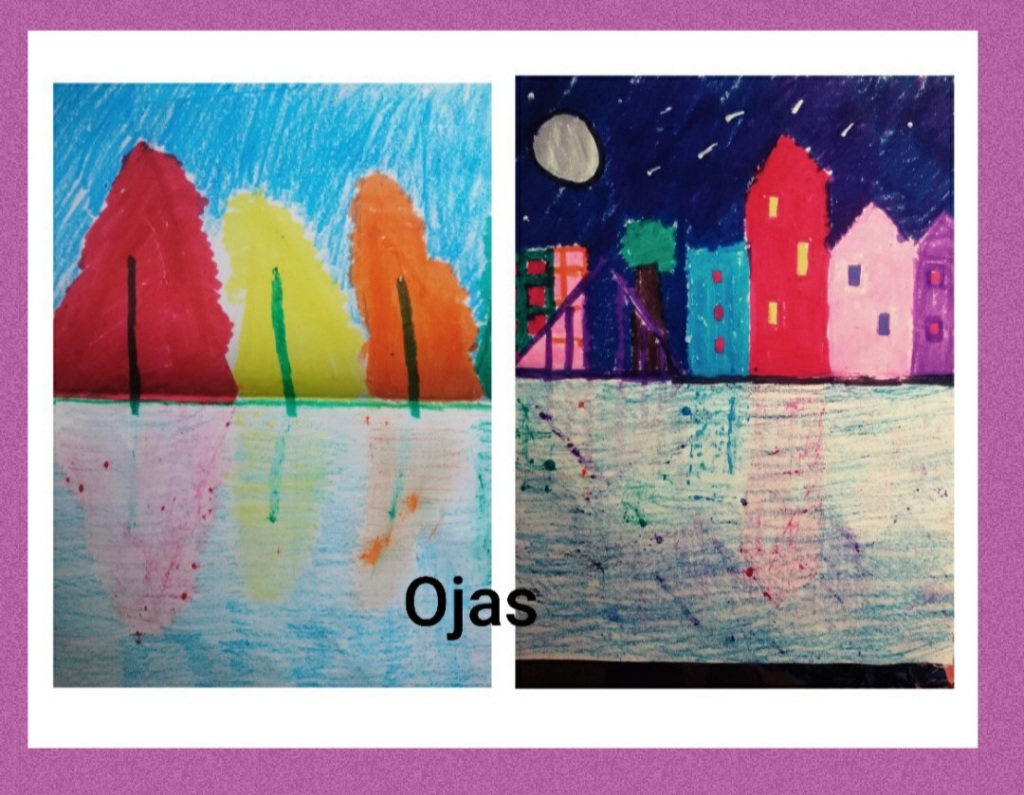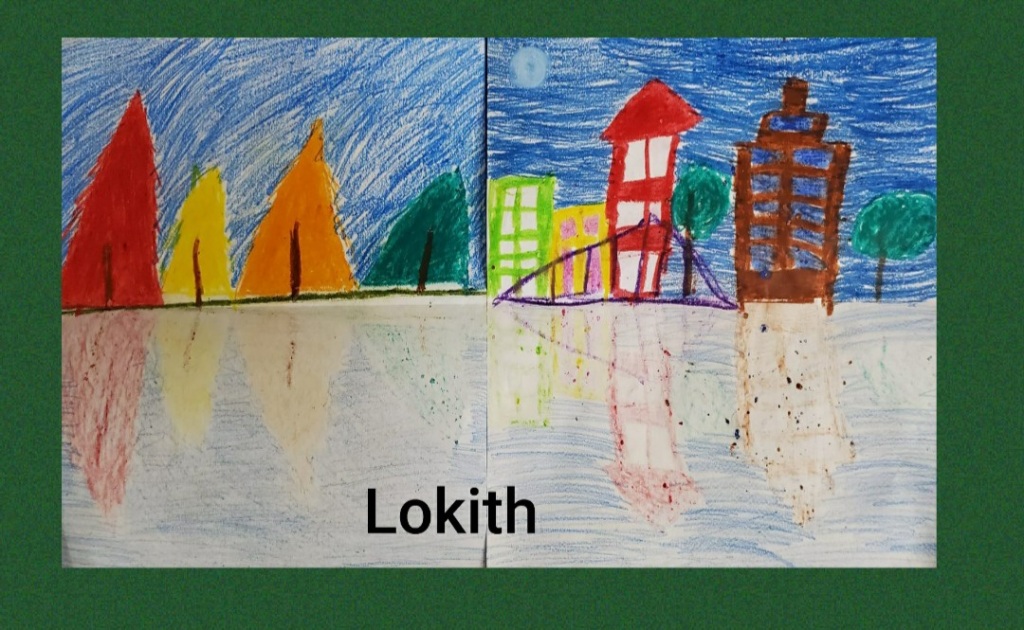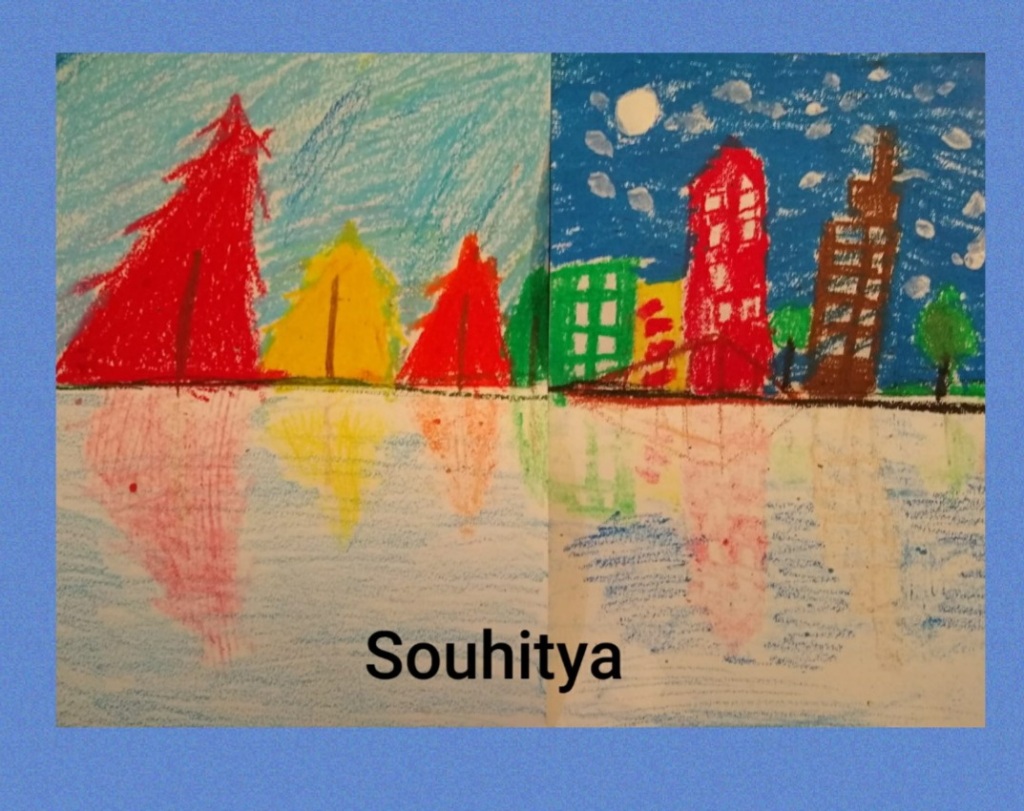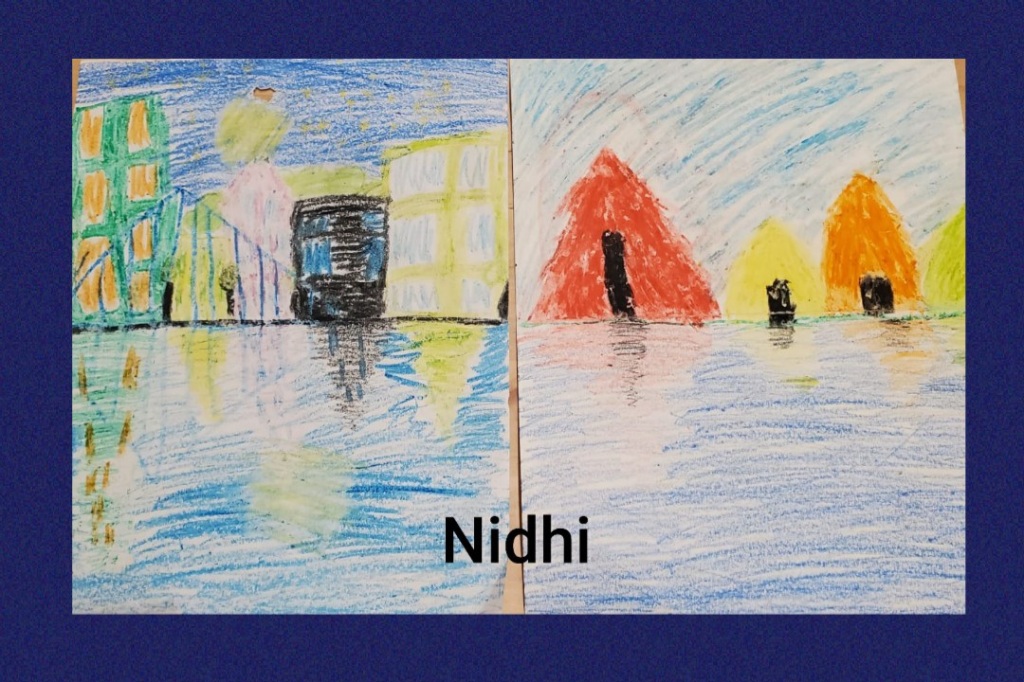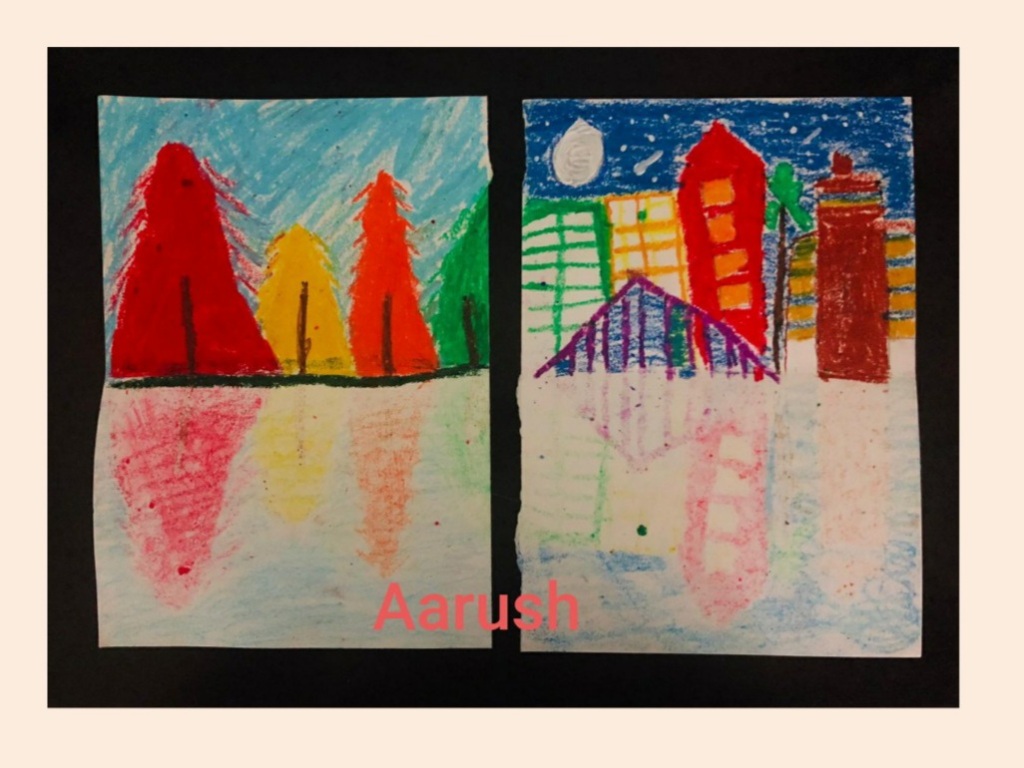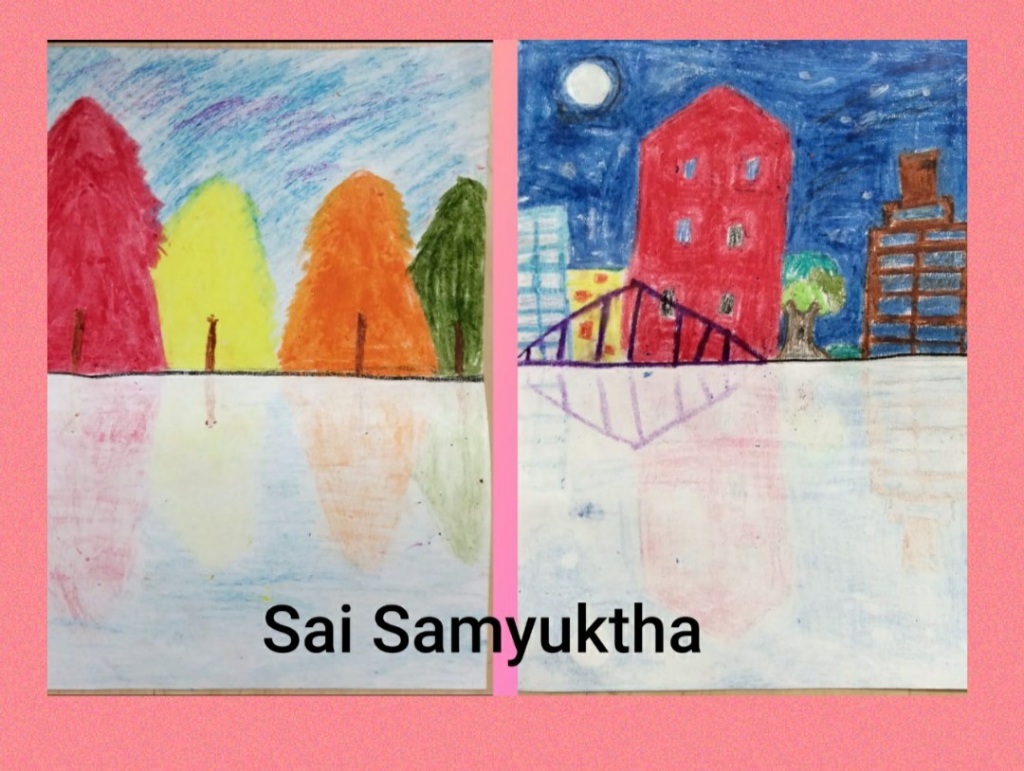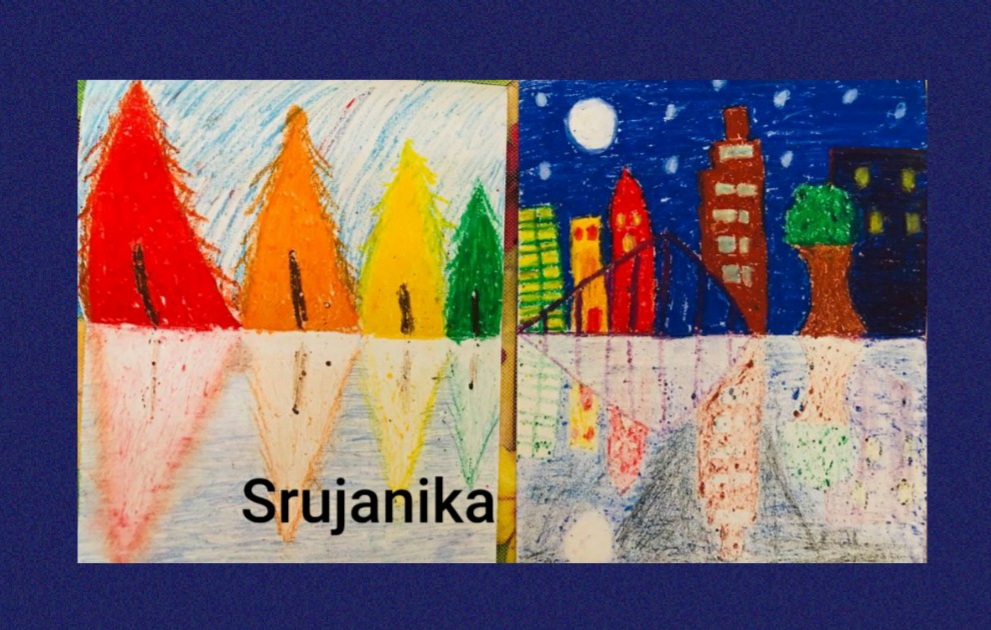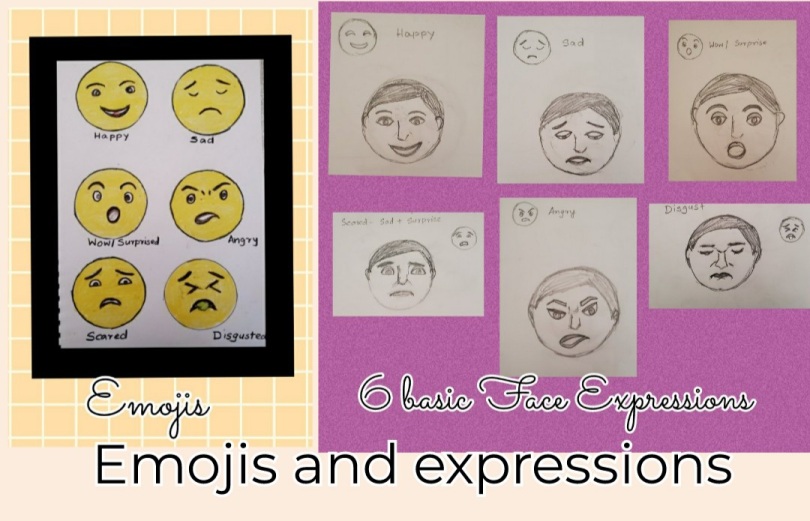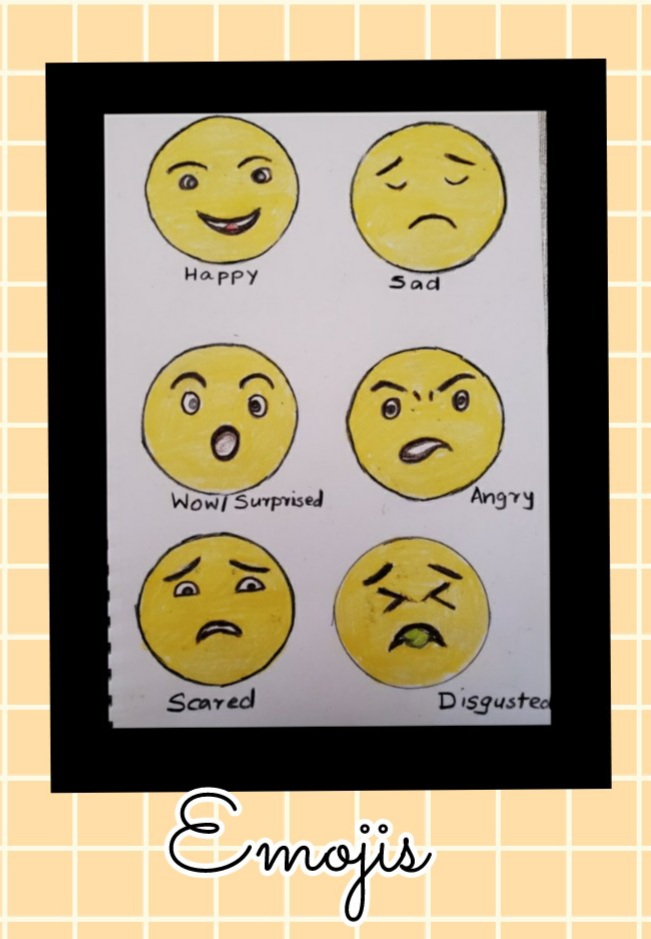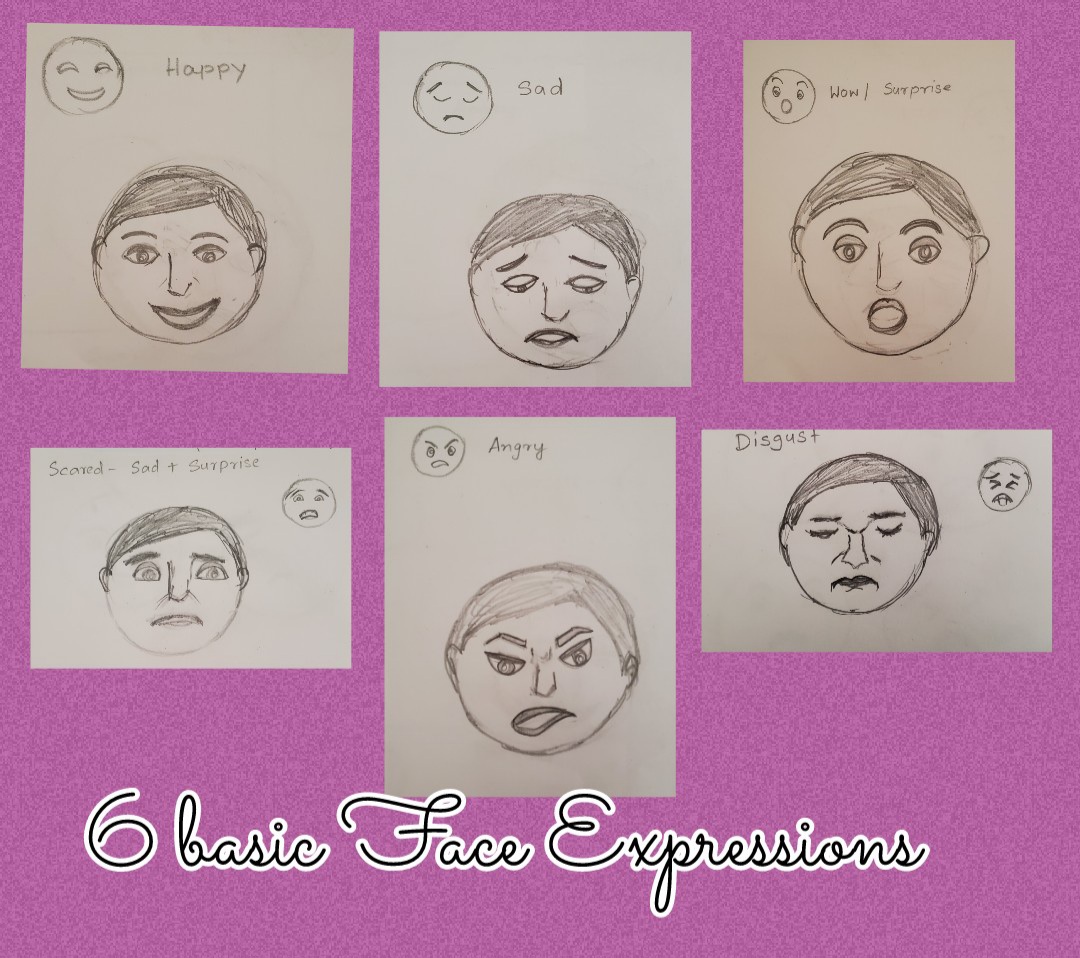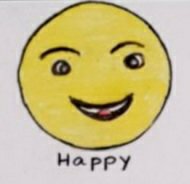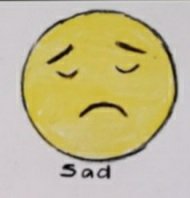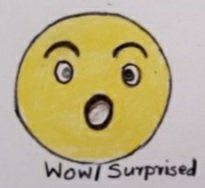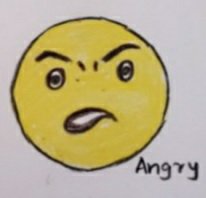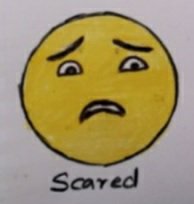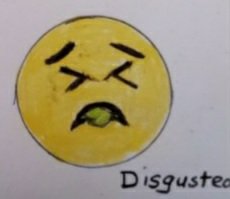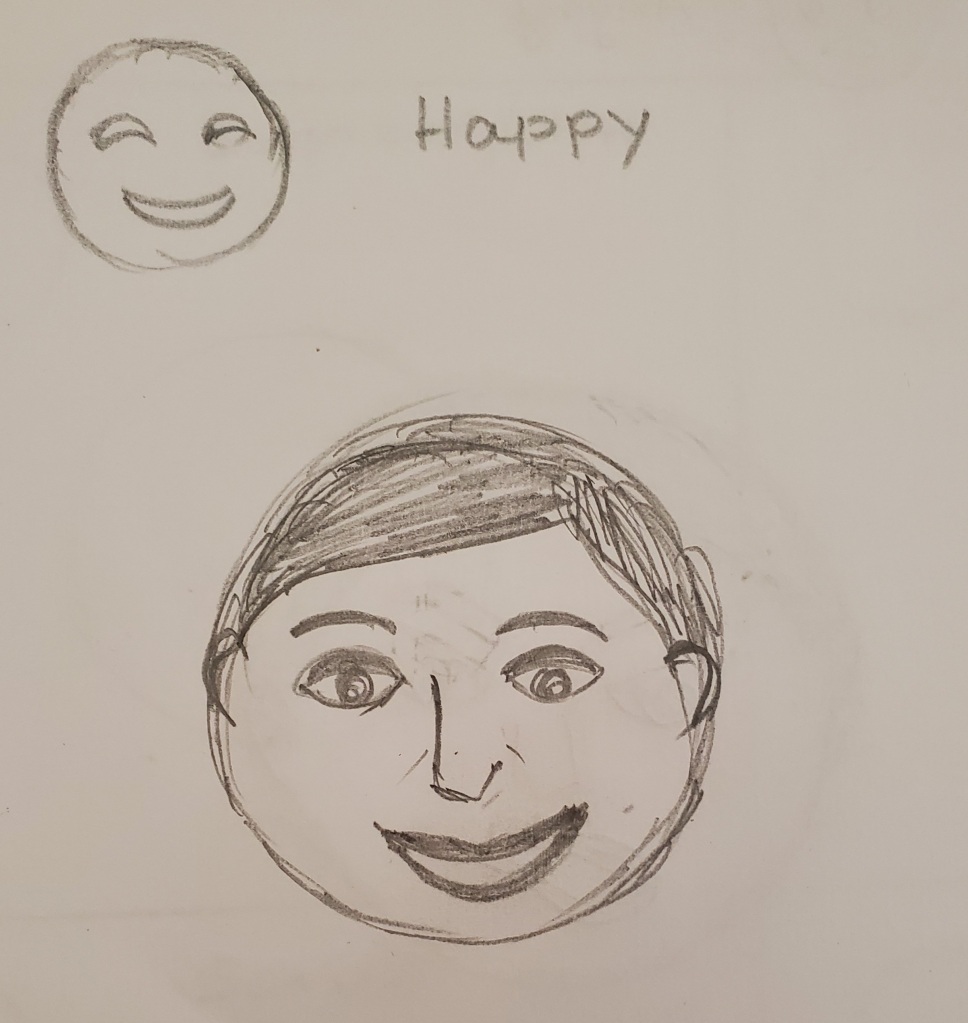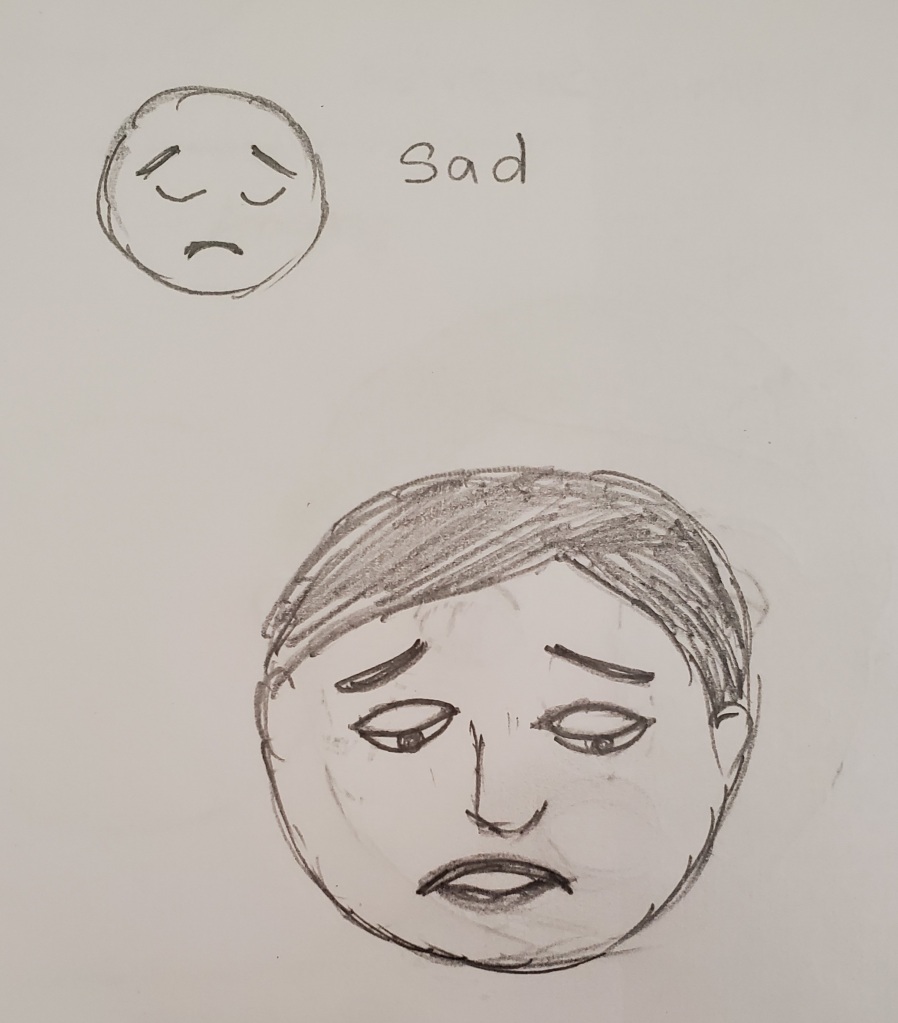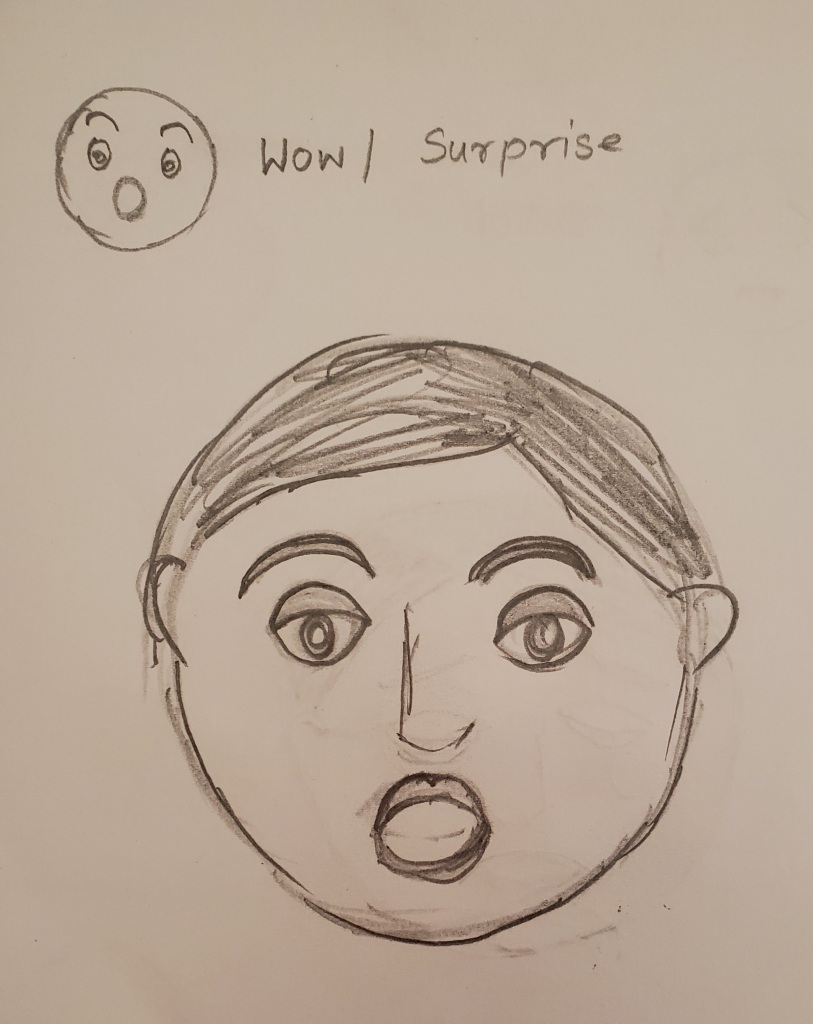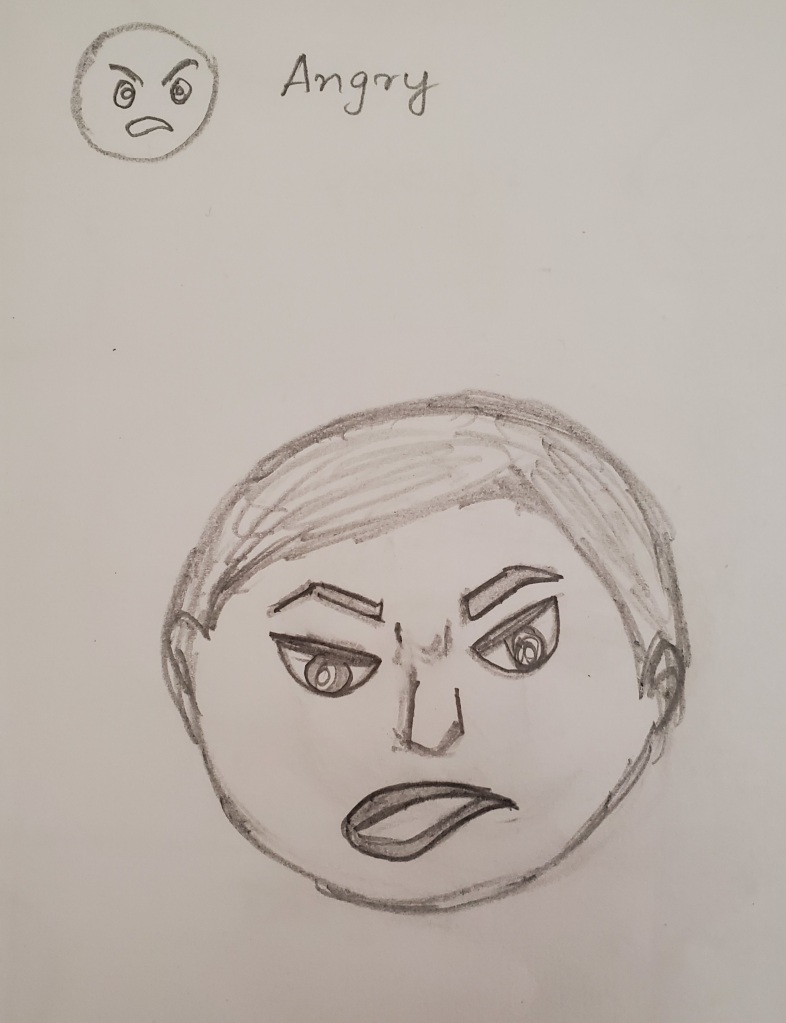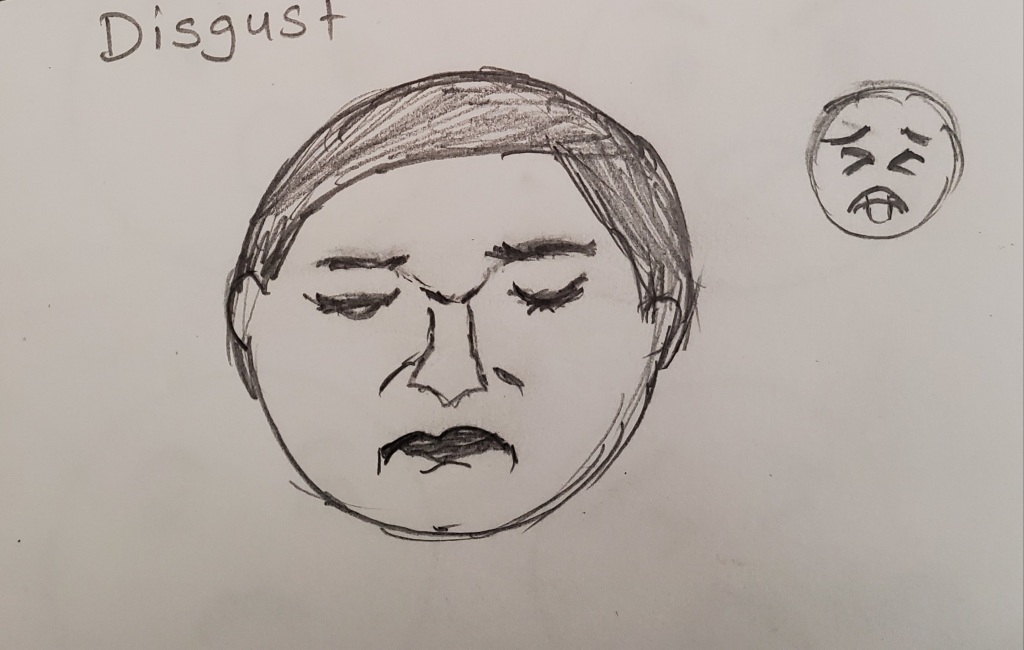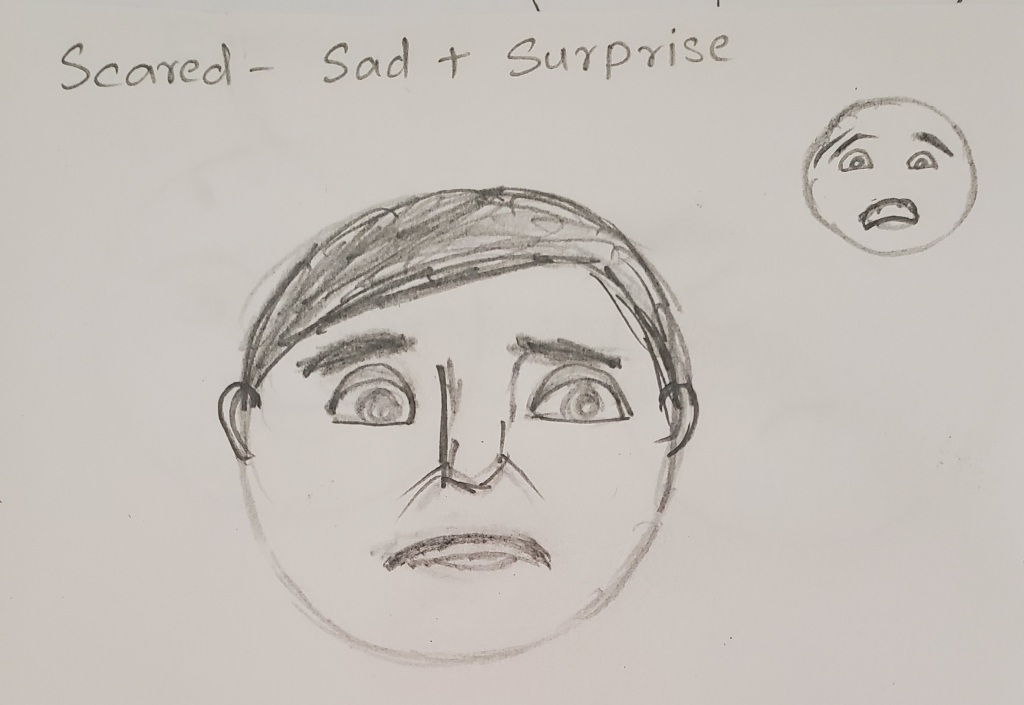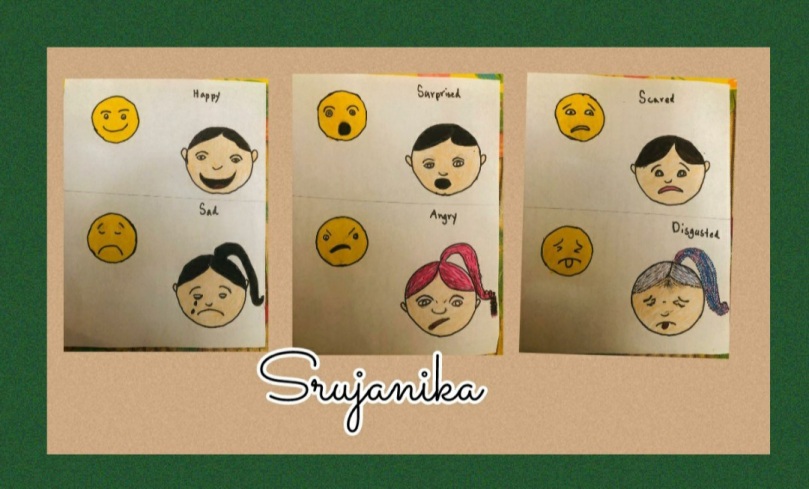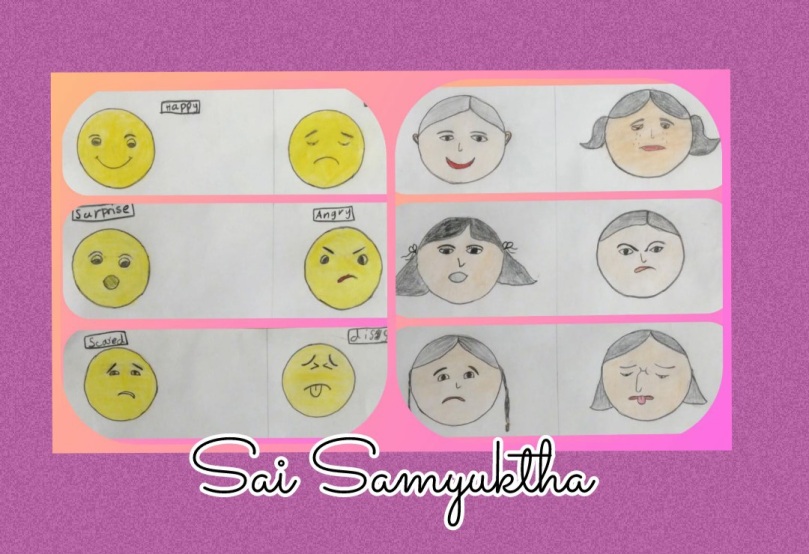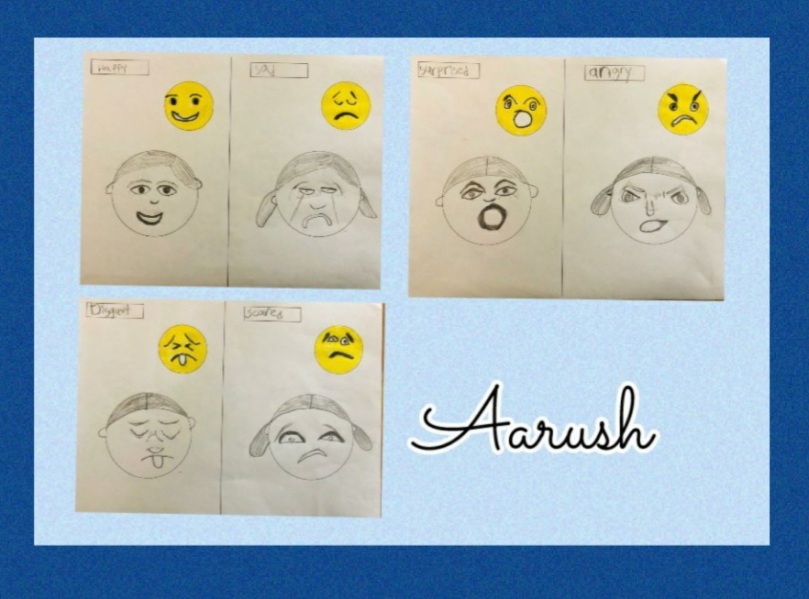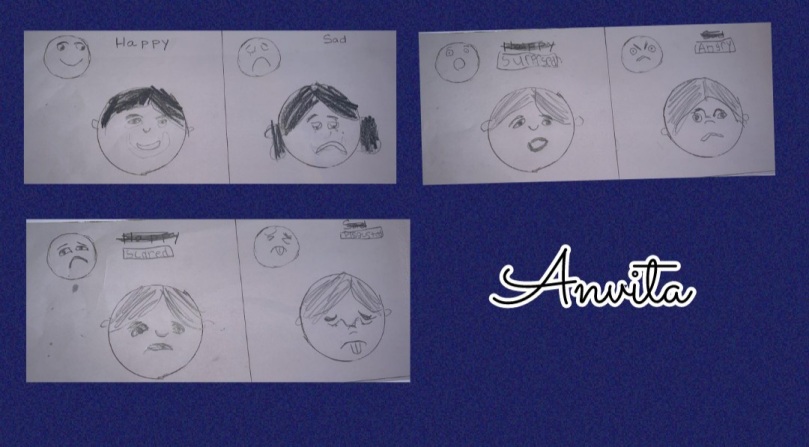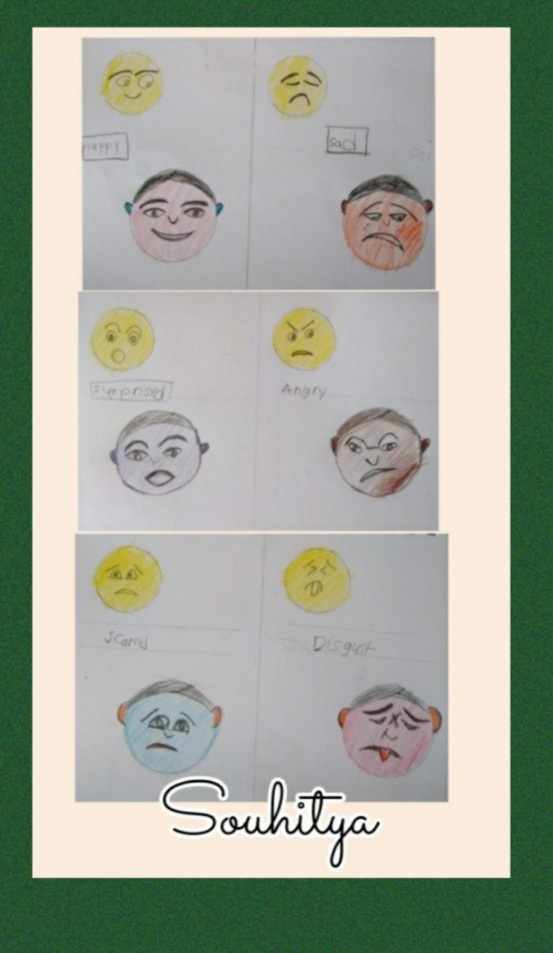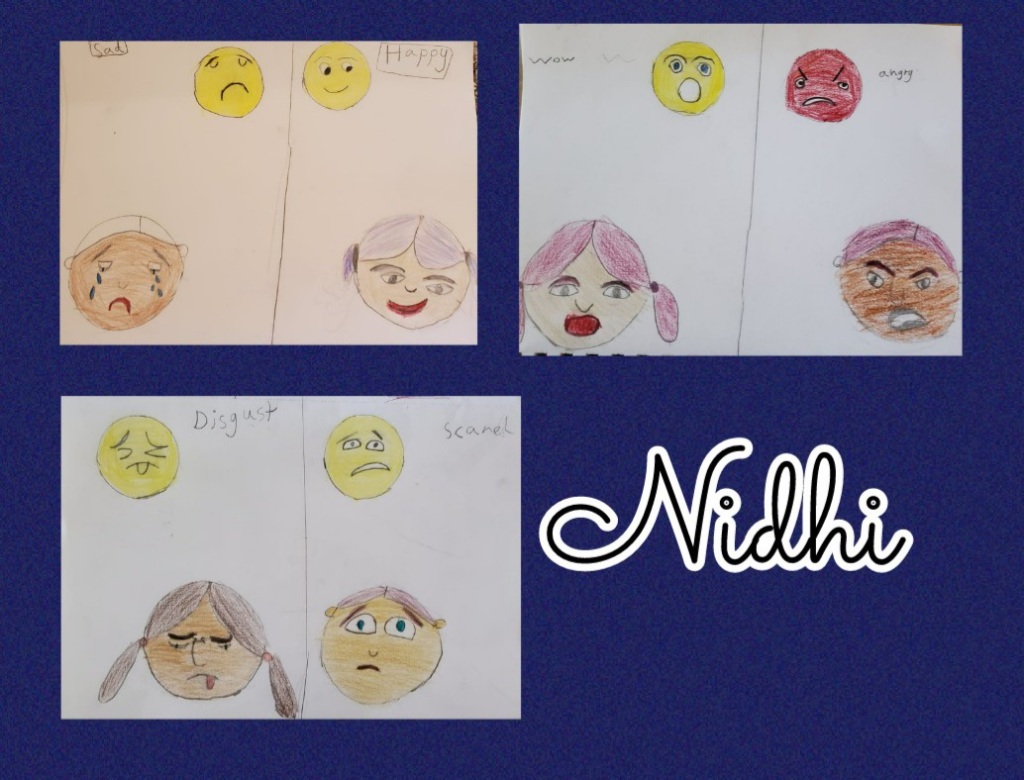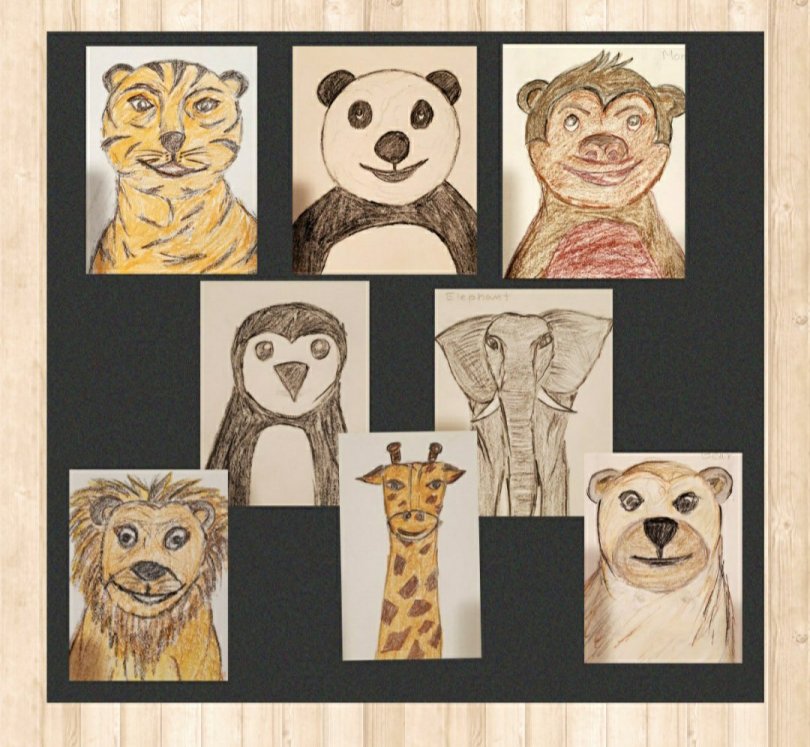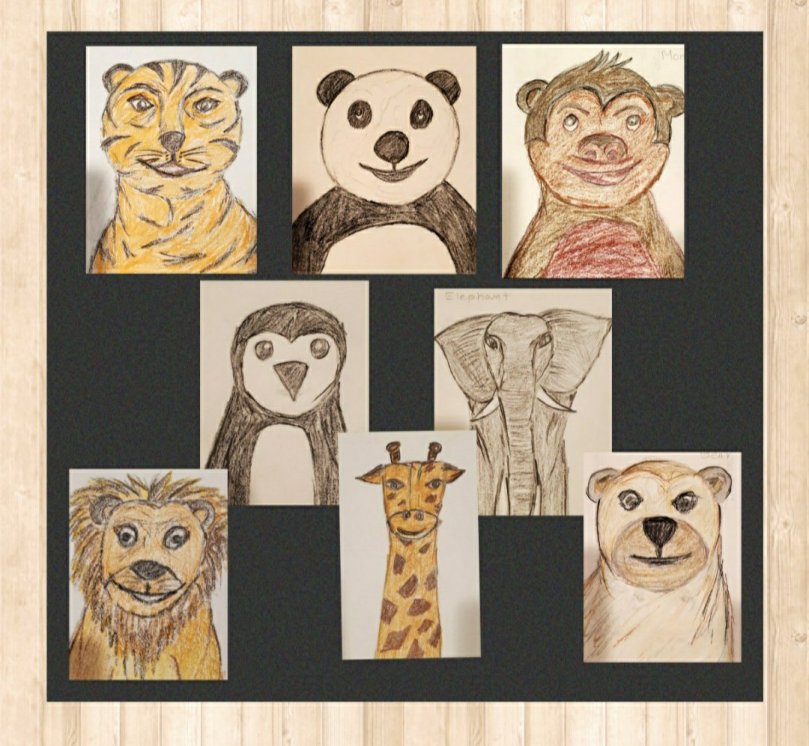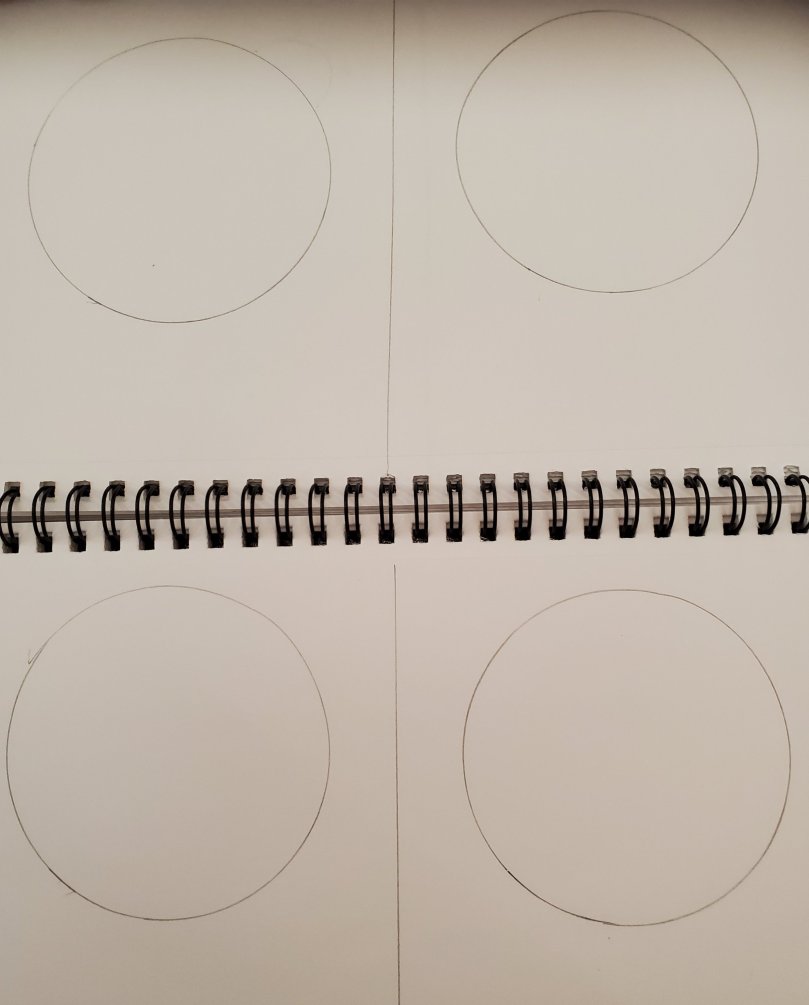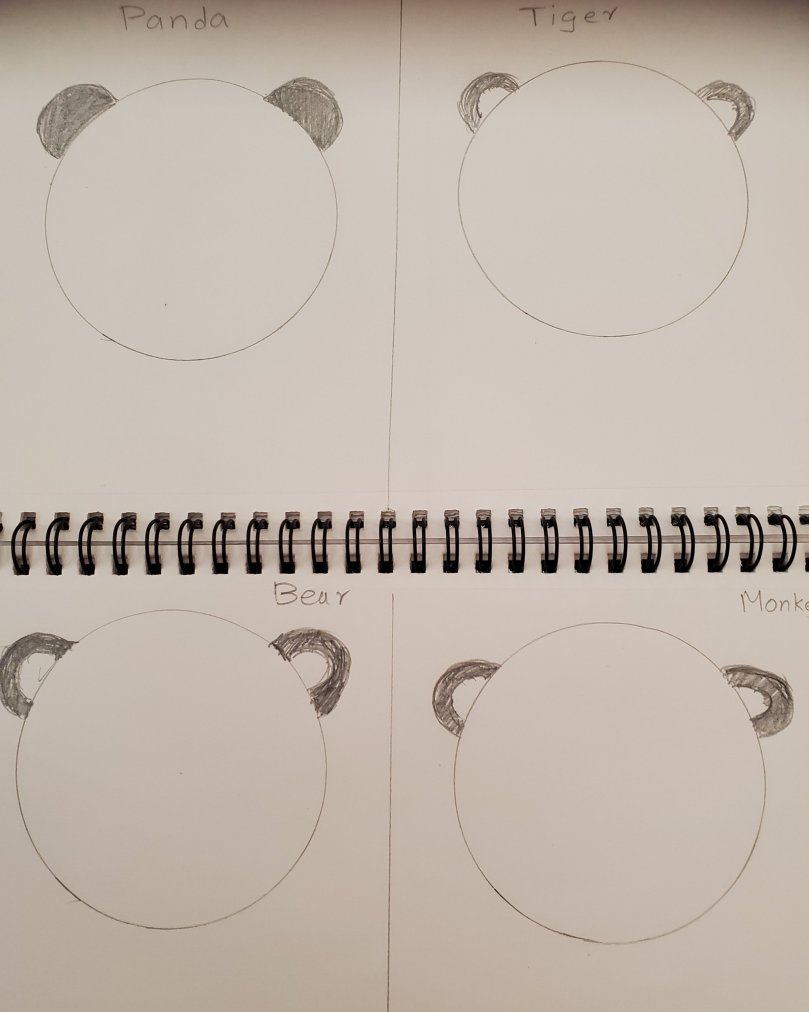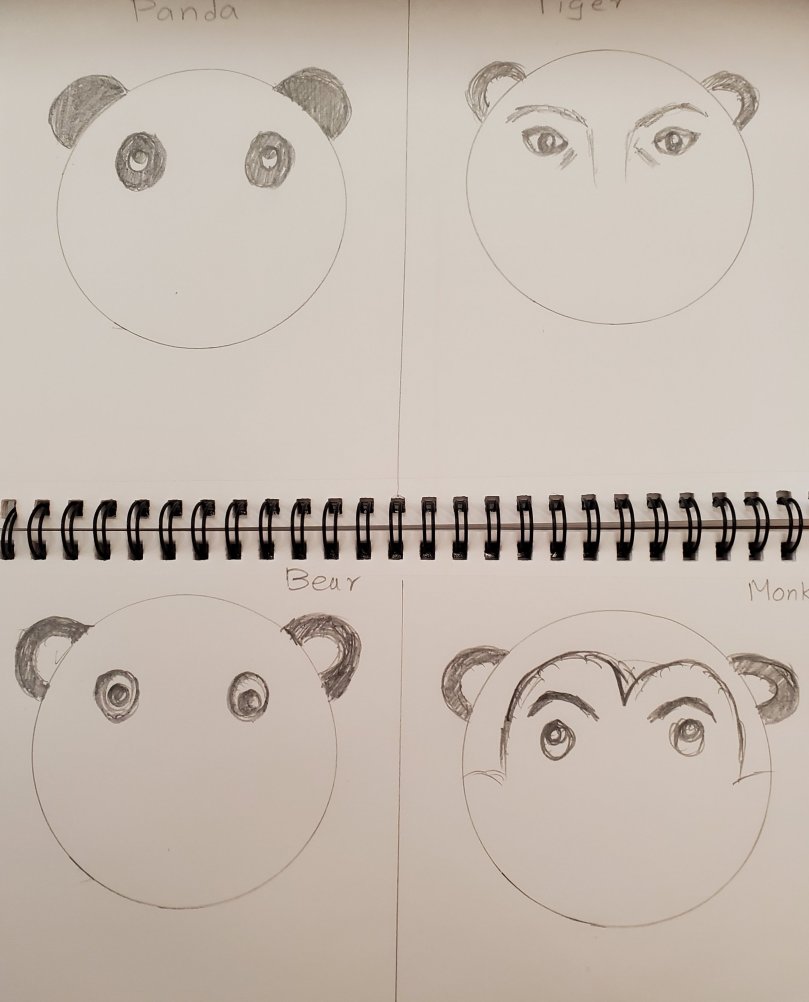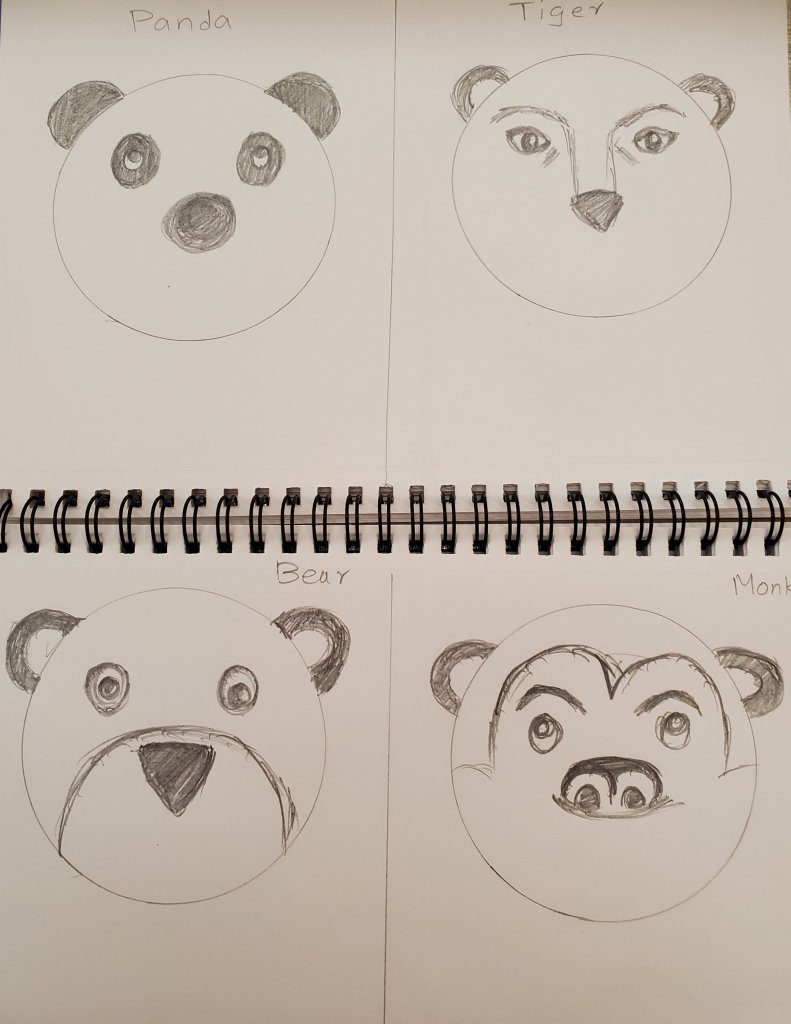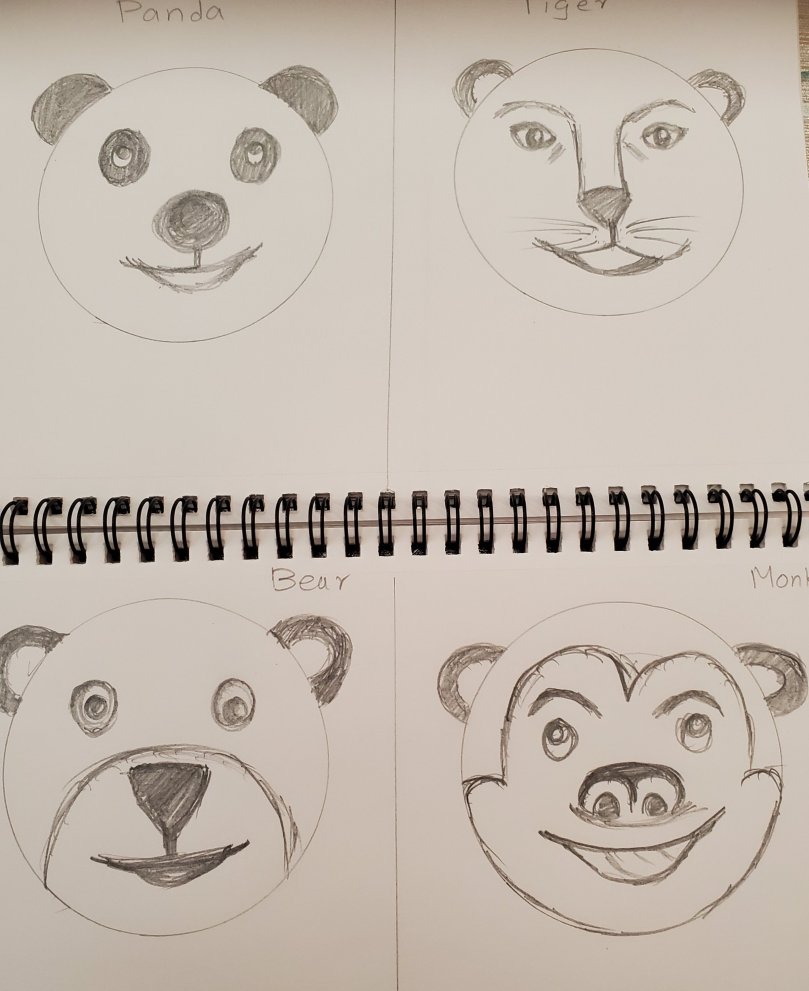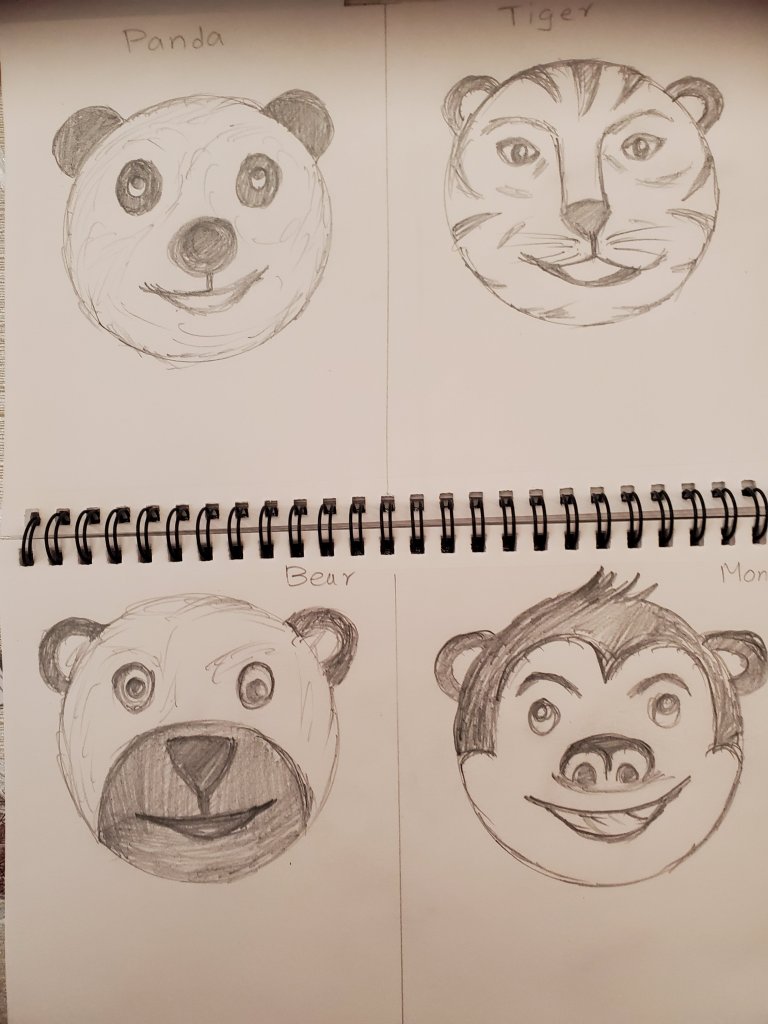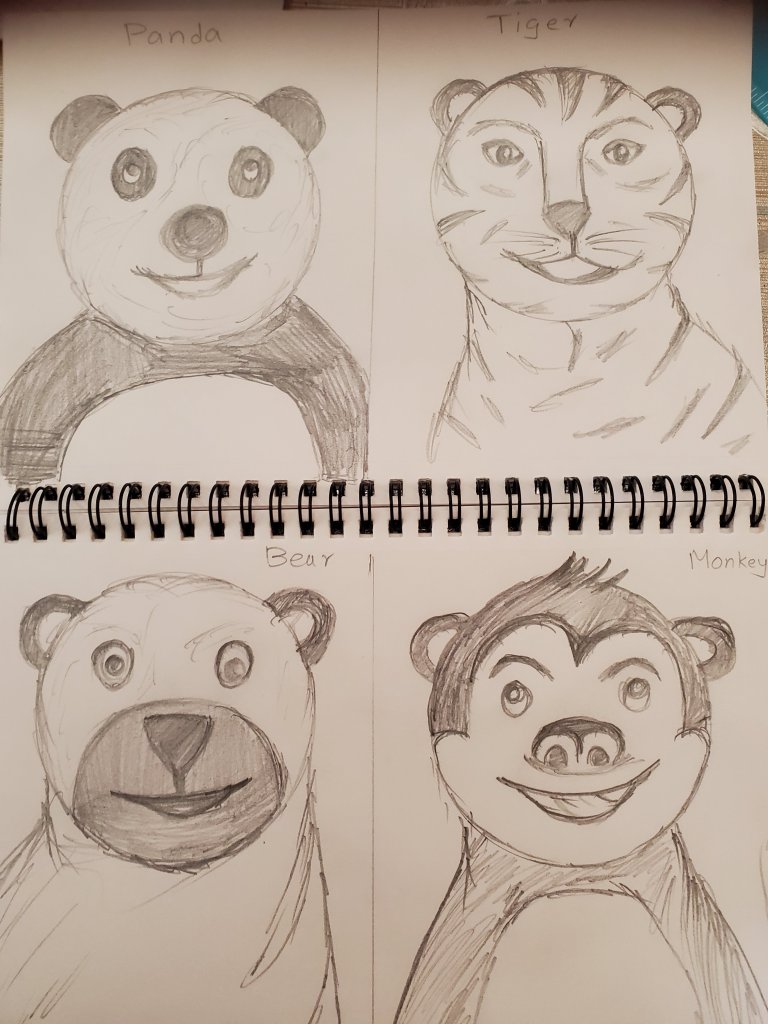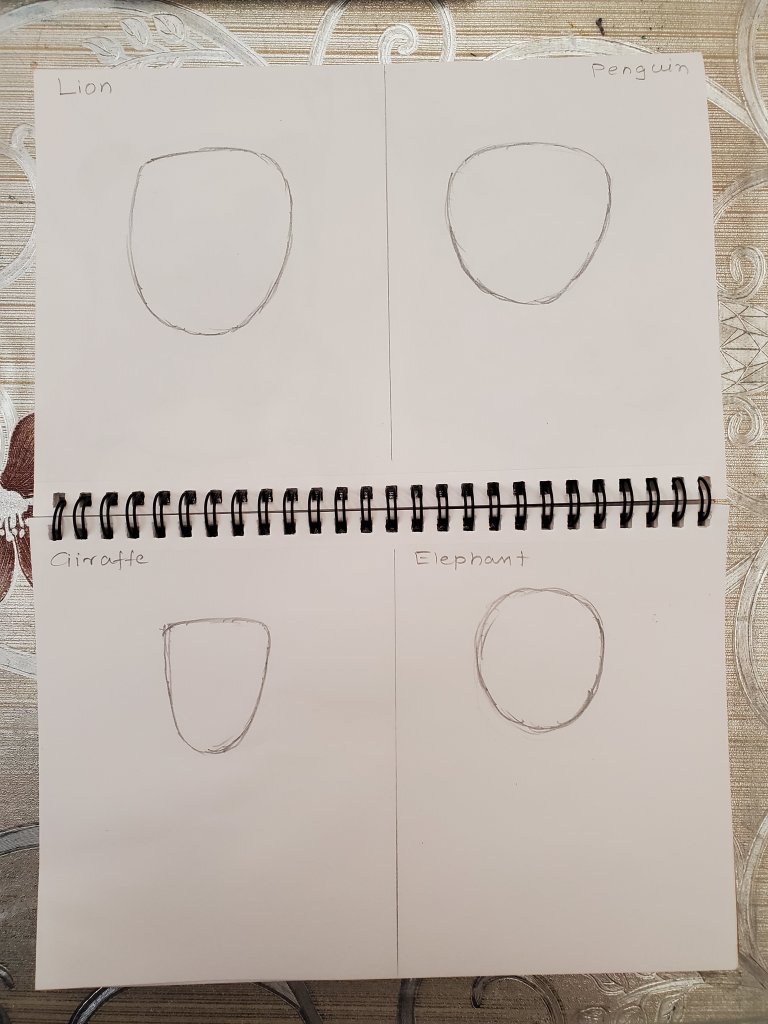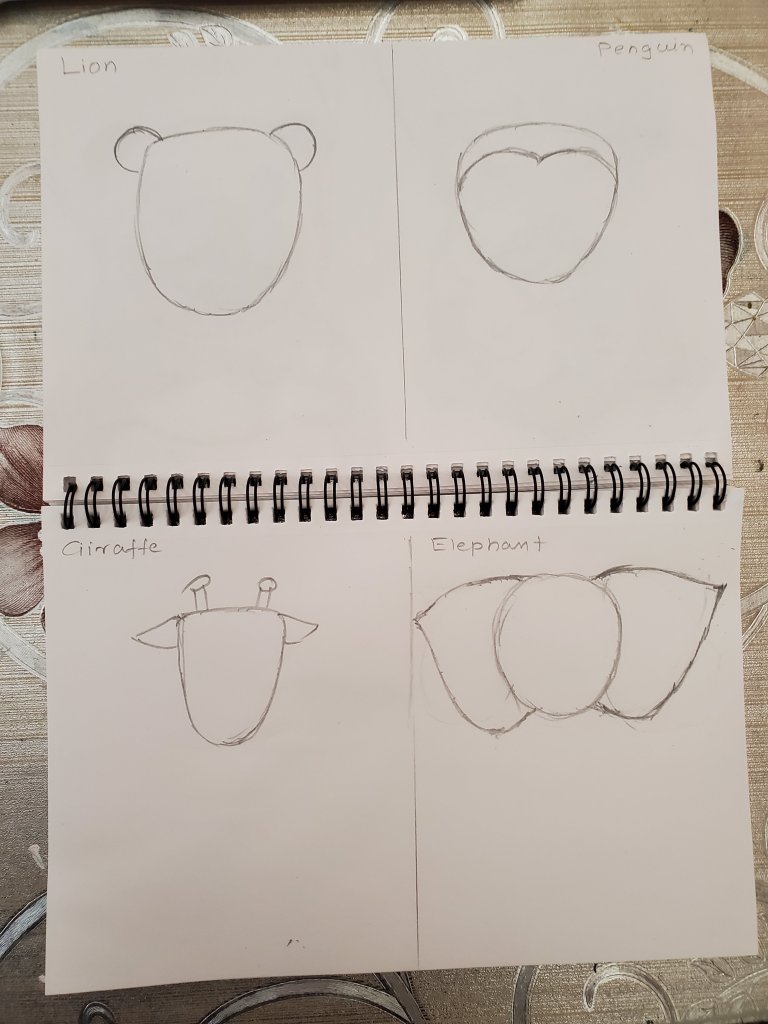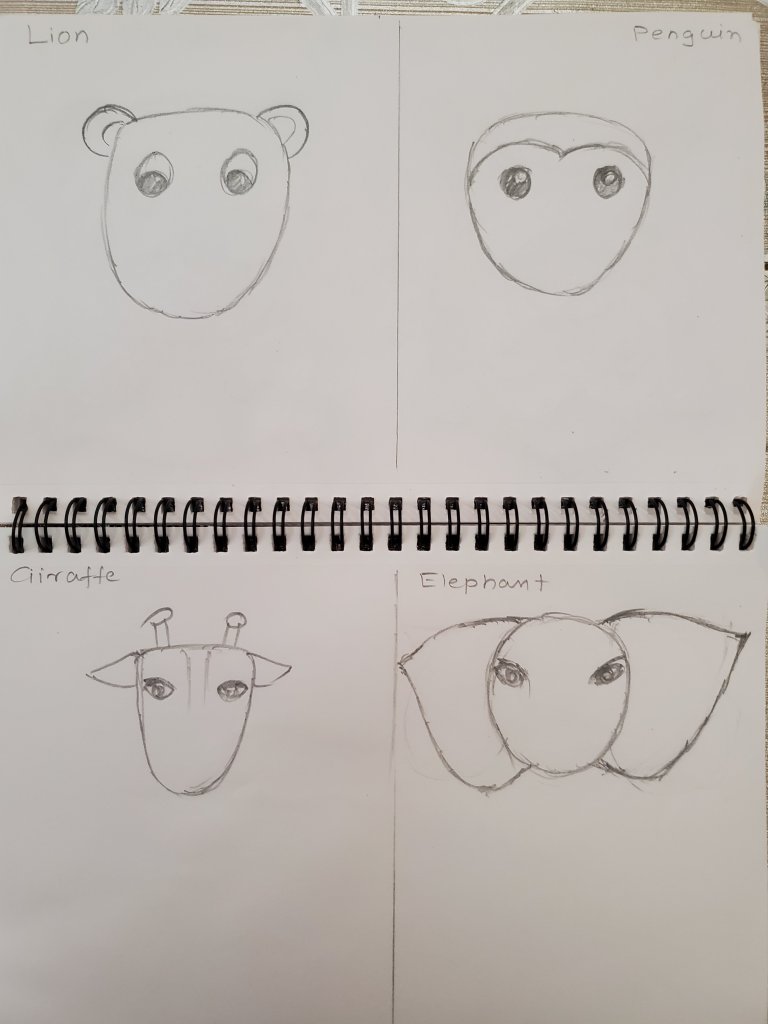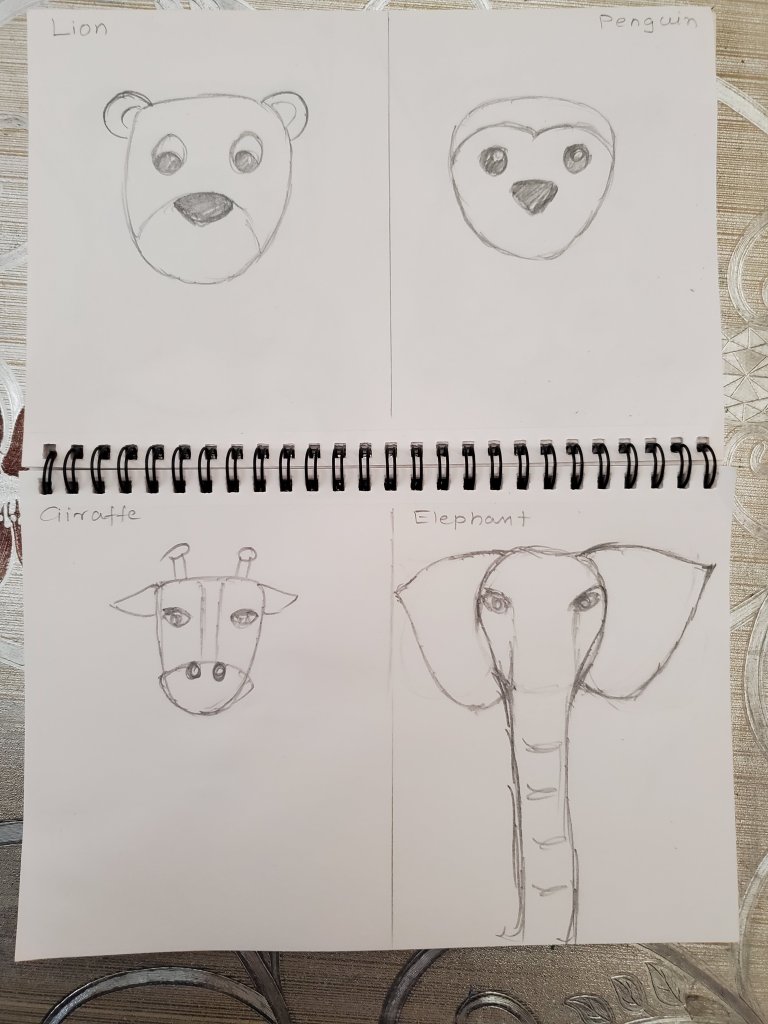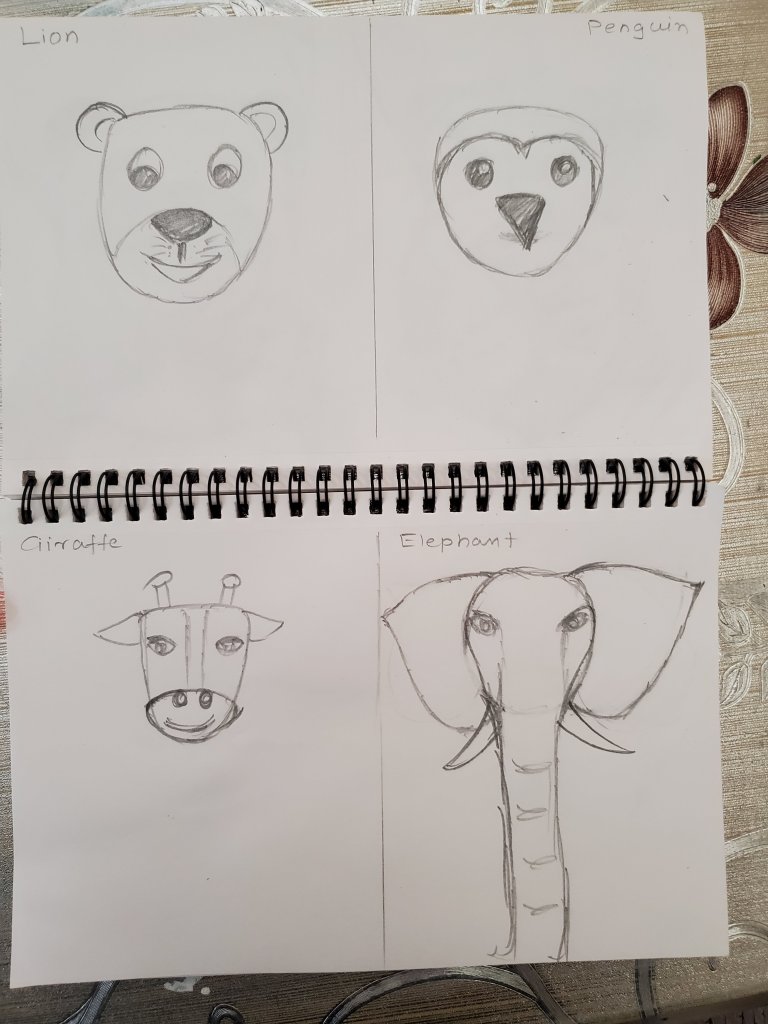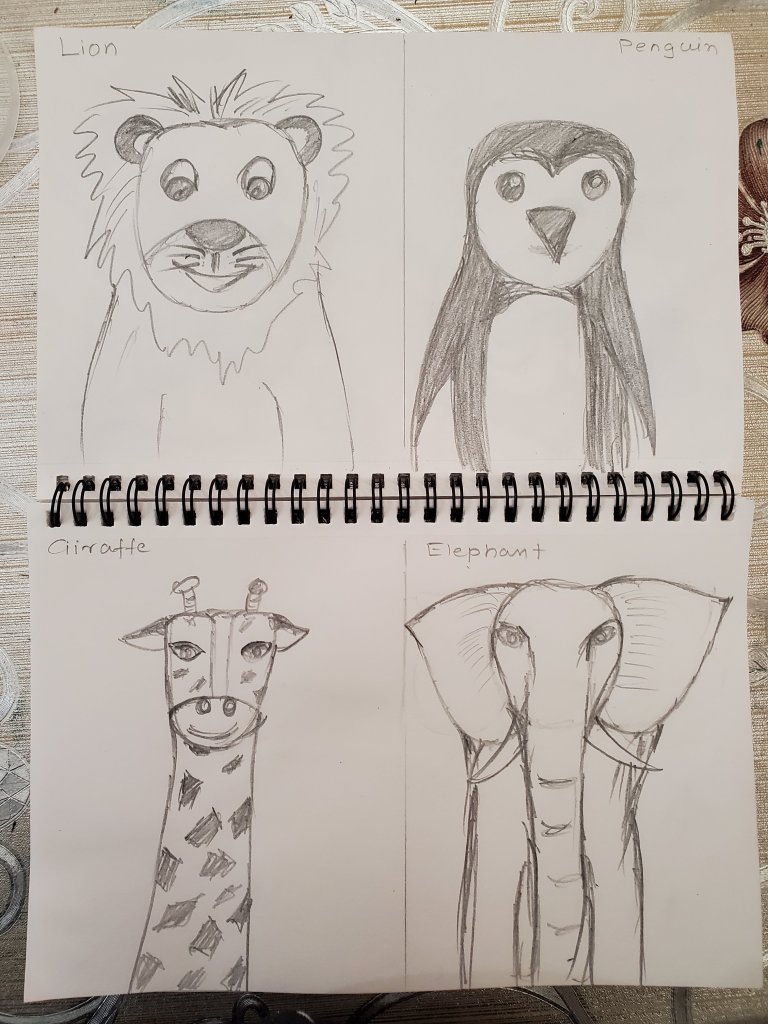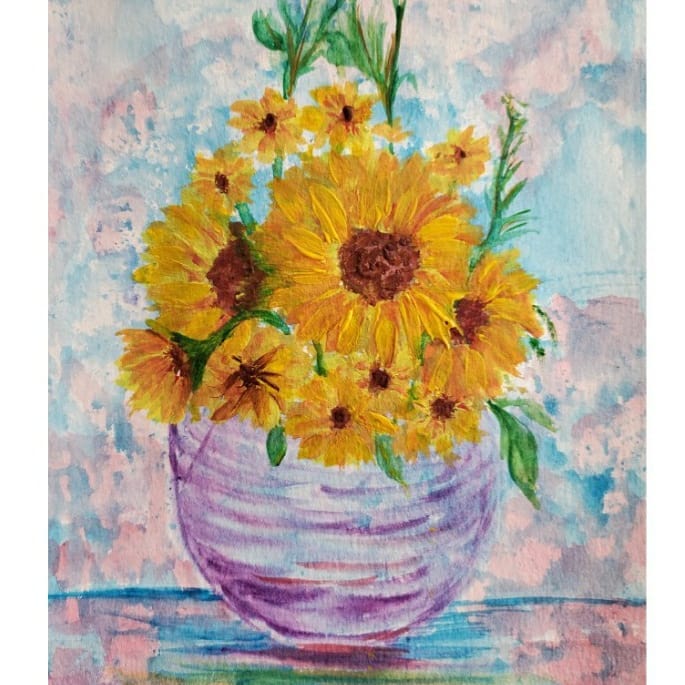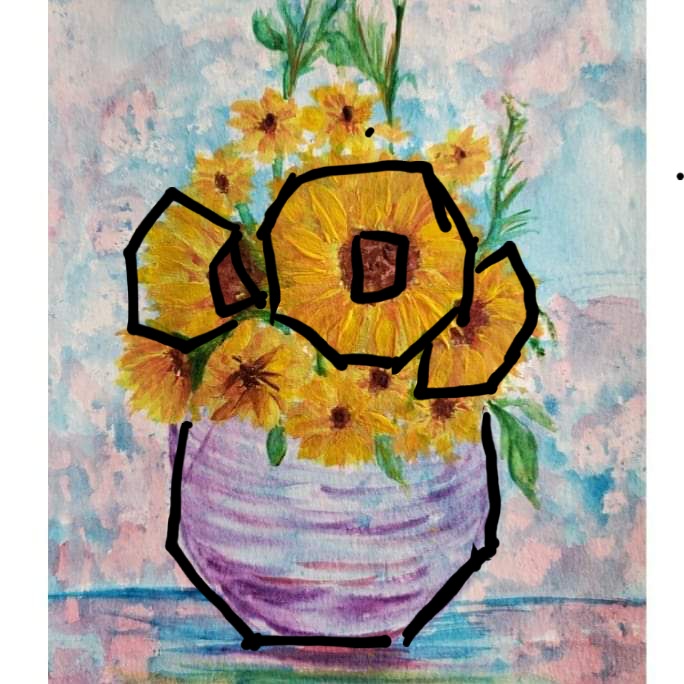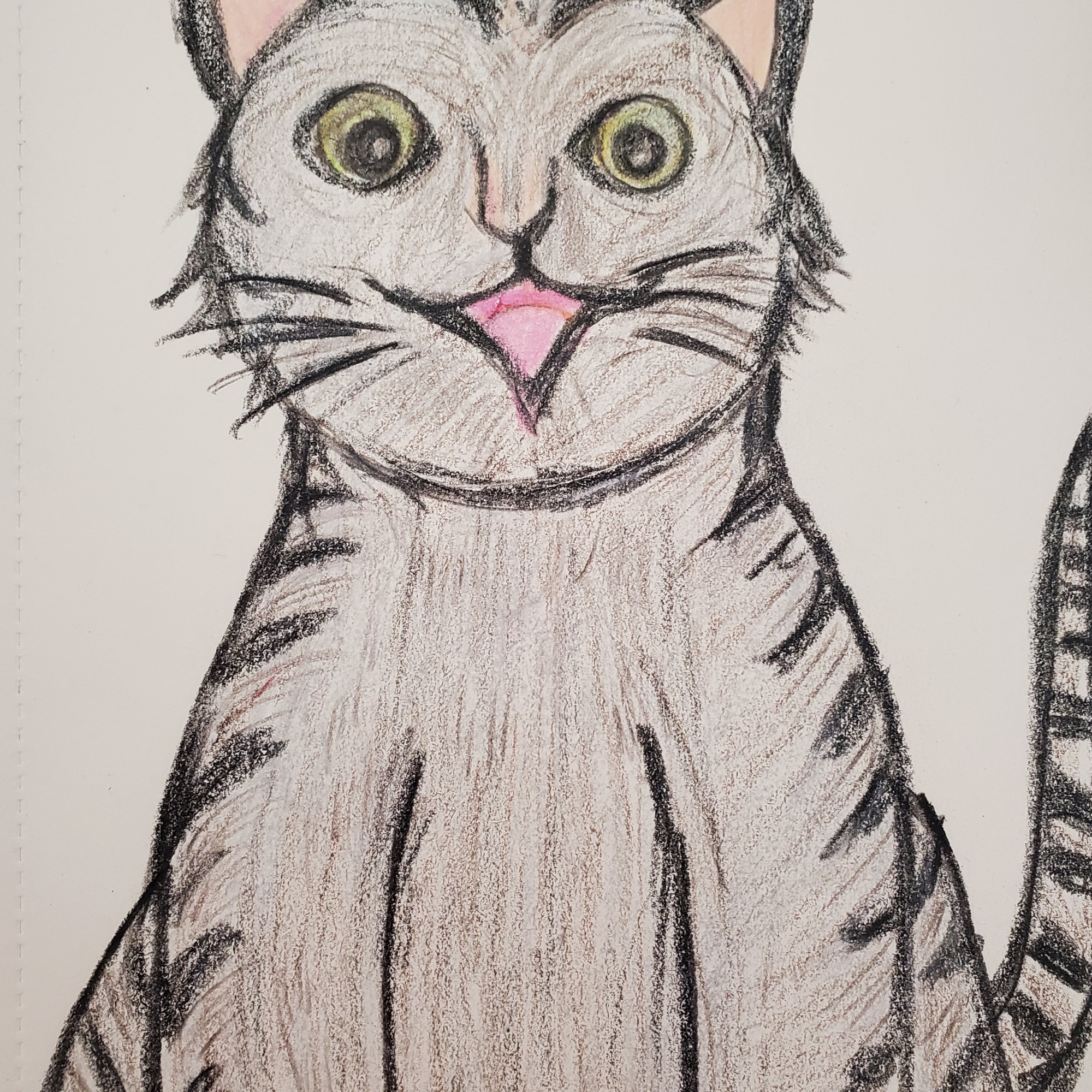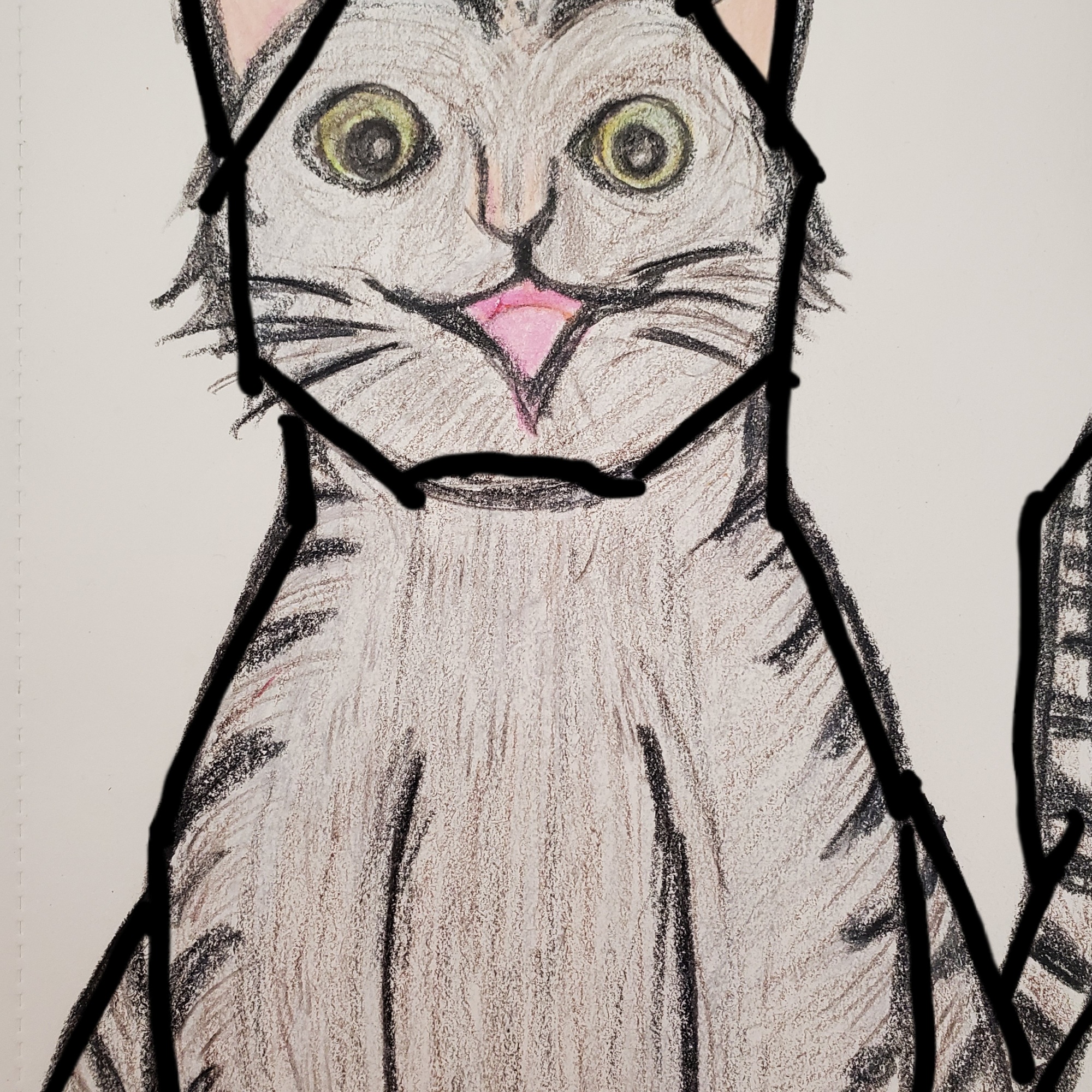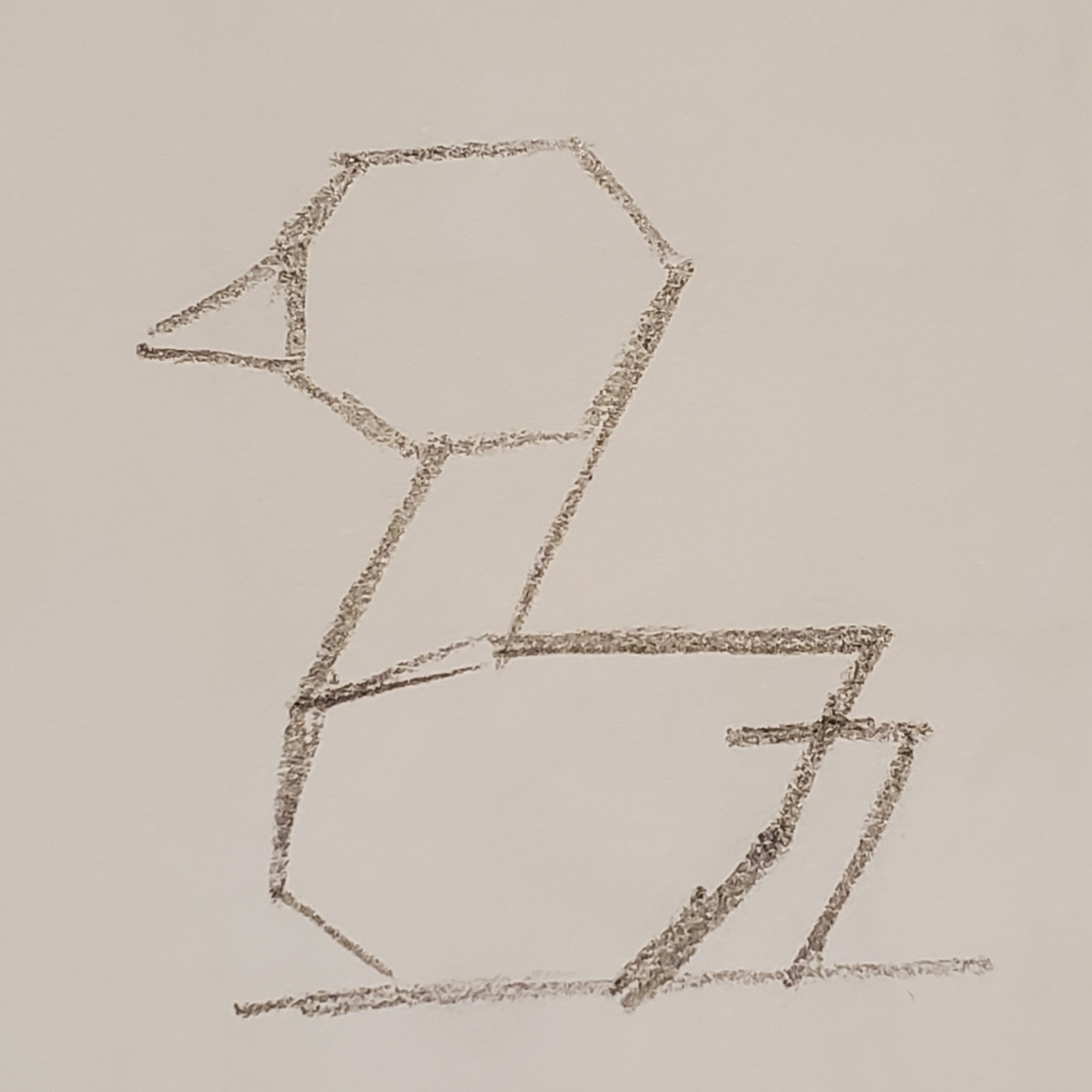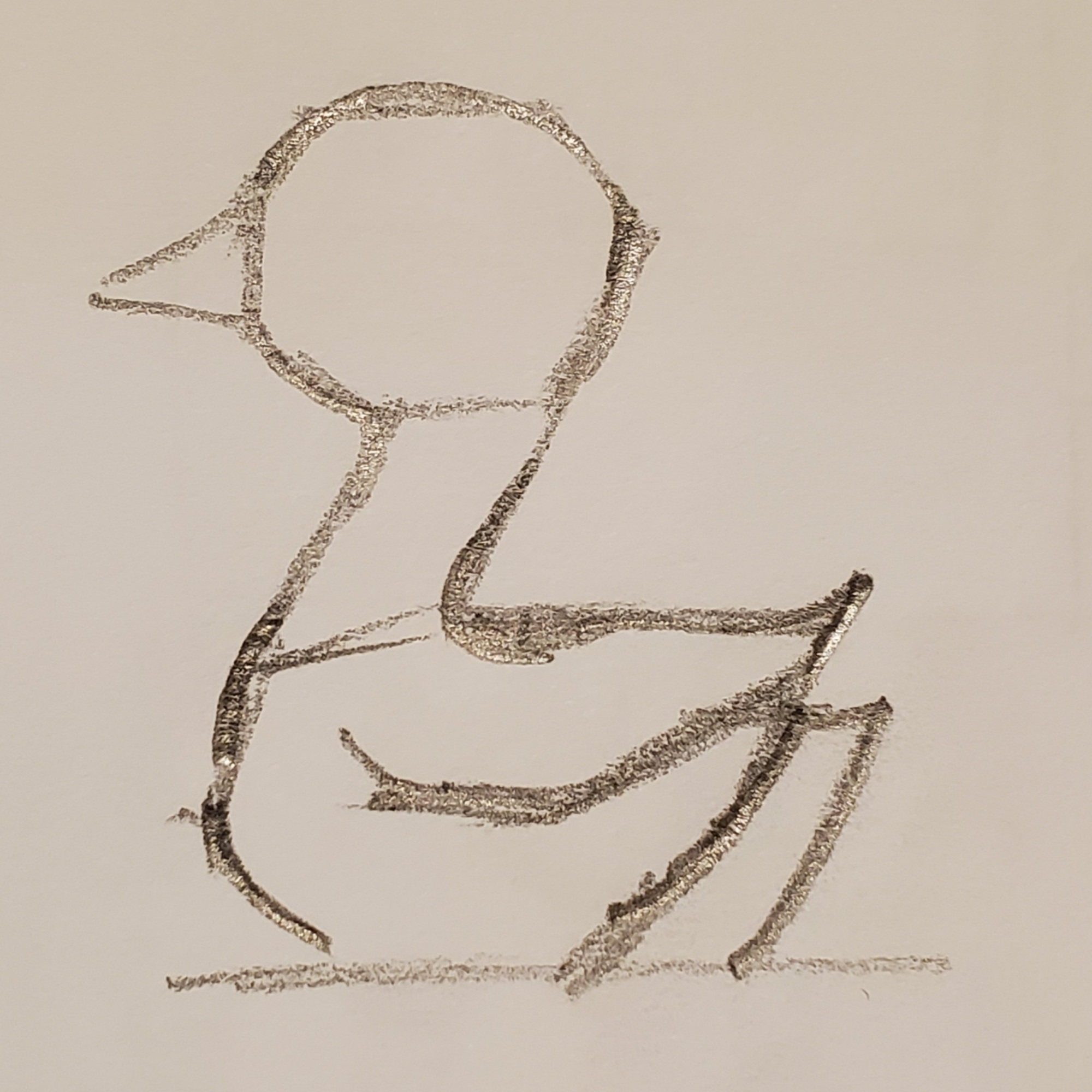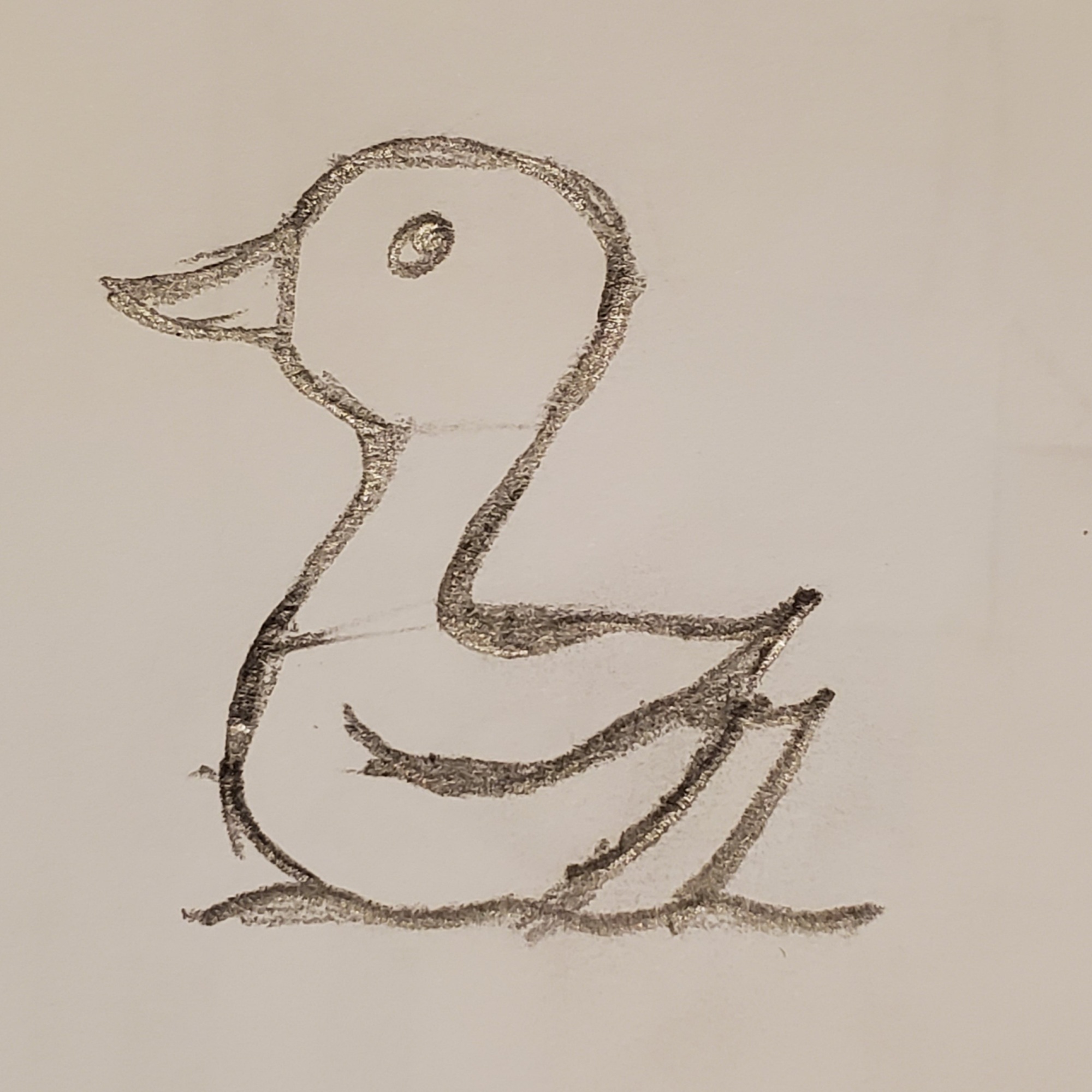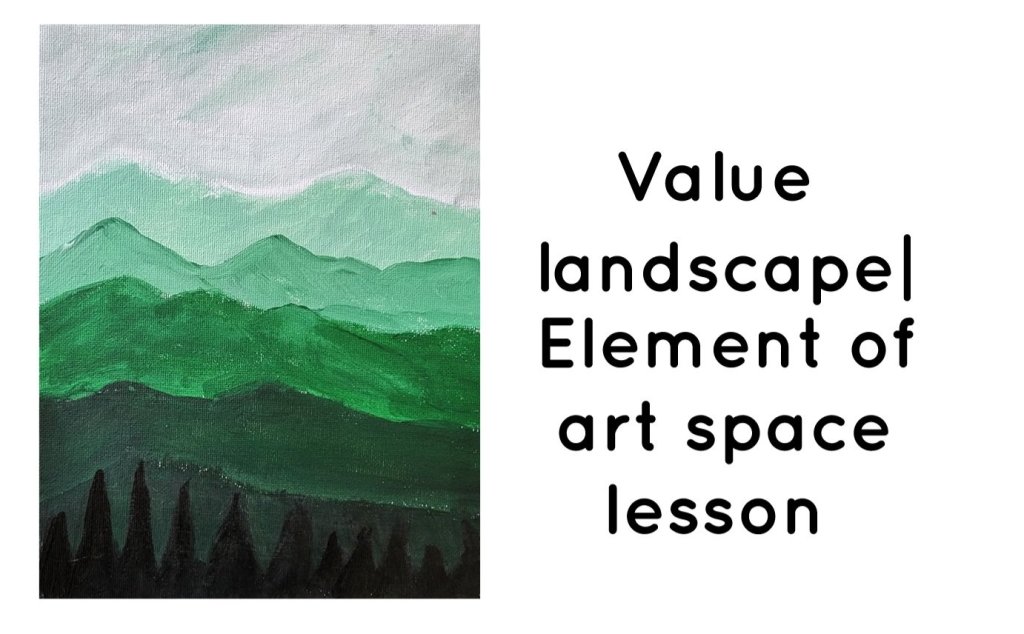
When defining your space on a 2-dimensional drawing surface, it might be a challenge to create depth. We need to have a foreground, middle ground, and background to create a sense of depth and distance. One way to differentiate and define this space is by using different values and details.
Let us first try to understand some of the terms that we would be using in this lesson.
Value in art can be defined as the lightness or darkness of a color. In this lesson, we will create 7 values of a color. We will create 3 tints and 3 shades of a color Hue.
Hue- Hue is any color that you see on the basic color wheel. It means black and white are not hues whereas red, orange, yellow, green, blue, and purple are hues.
Tint- When we add white to any of the hues it creates a tint. Depending on the ratio of the colors that we mix we can create different tint.
Shade- When we add black to any of the hues it creates a shade. Depending on the amount of black that we mix with the hue we can create different shades of the same color.
Foreground is usually the main front of your picture. For defining this use a darker color, texture, and bigger size with a concentration on the details.
Background is the area that is the farthest from the viewer. Define this area with the lightest color, smaller in size, and fewer details
Middle ground is the area between the foreground and background!!
In this art project, we will paint a mountain landscape with trees that has a foreground, middle ground, and background.
Things needed:
1. Mixed media drawing paper
2. Acrylic paint- black, white, and a color of your choice and brushes
Step-by-step instructions:
1. The first step is to create a simple landscape with 5 or more layers of mountains and some trees in the foreground( the bottom of the page.
2. The next step is to create a range of colors from light to dark. For my project, I decided to create different values of green color.
3. Creating tinted colors- I am going to create three tinted values of green by mixing my green color with different amounts of white.
4. Next I am also going to create 3 shade colors of green by adding black to them.
5. Then I am going to apply my colors to my drawing.
The mountains in the background are going to be the lightest and I am going to paint them with my tinted colors.
The middle ground will have a medium value and I am going to paint it green from my paint tube.
For the foreground, I will use the darkest colors and use my 2 shades to do the mountains and the darkest one to paint my trees.
To watch this lesson on video follow along with the video :

